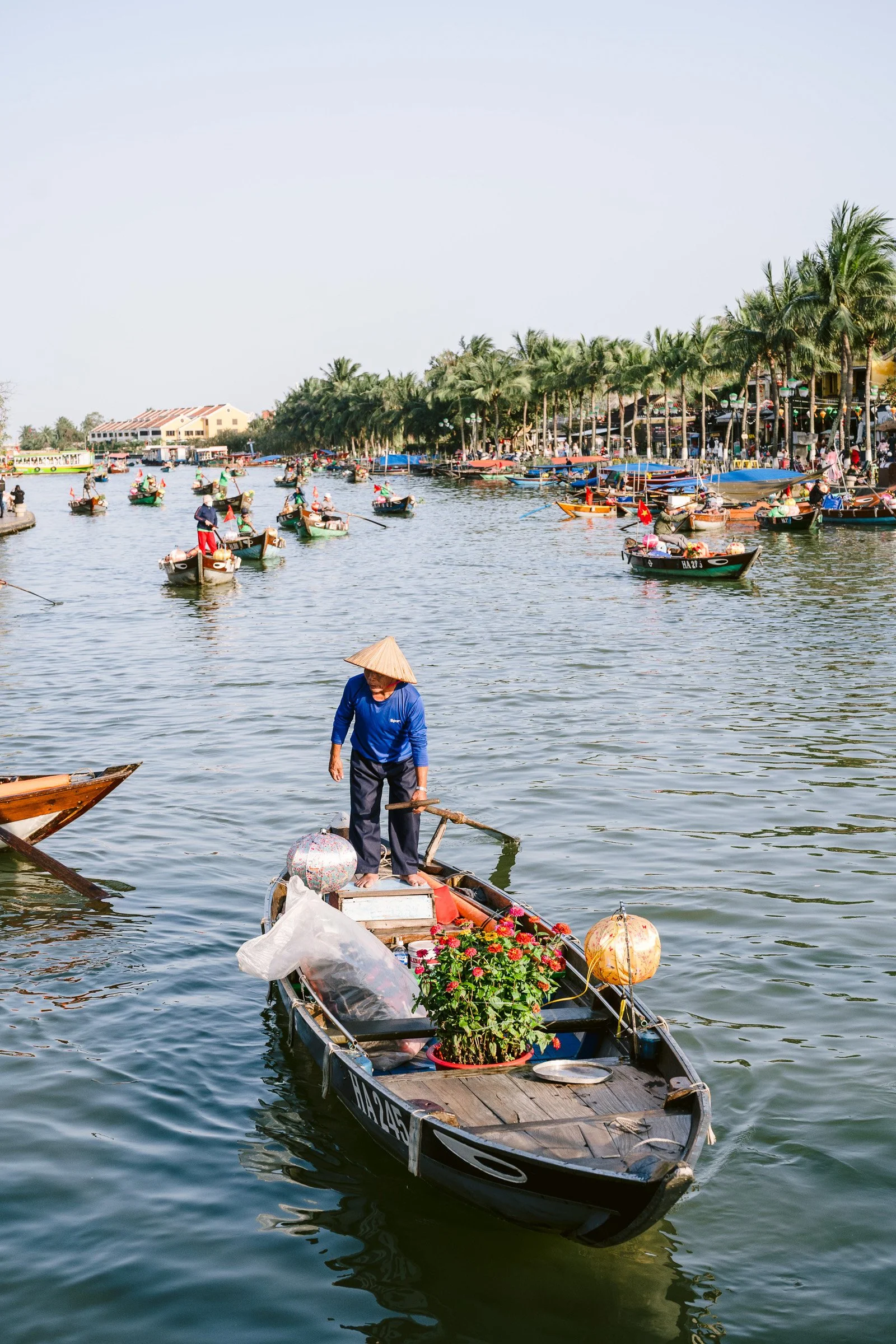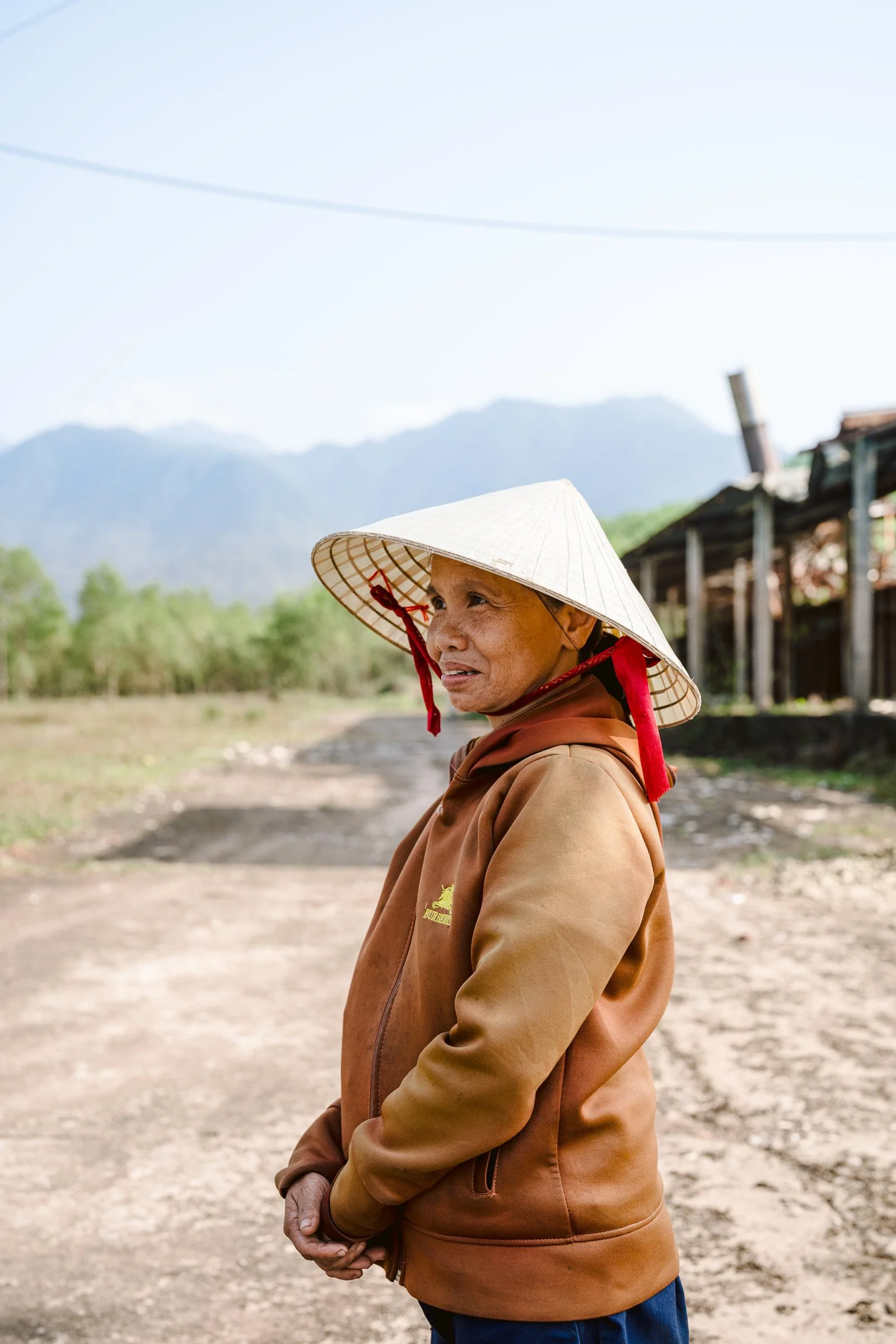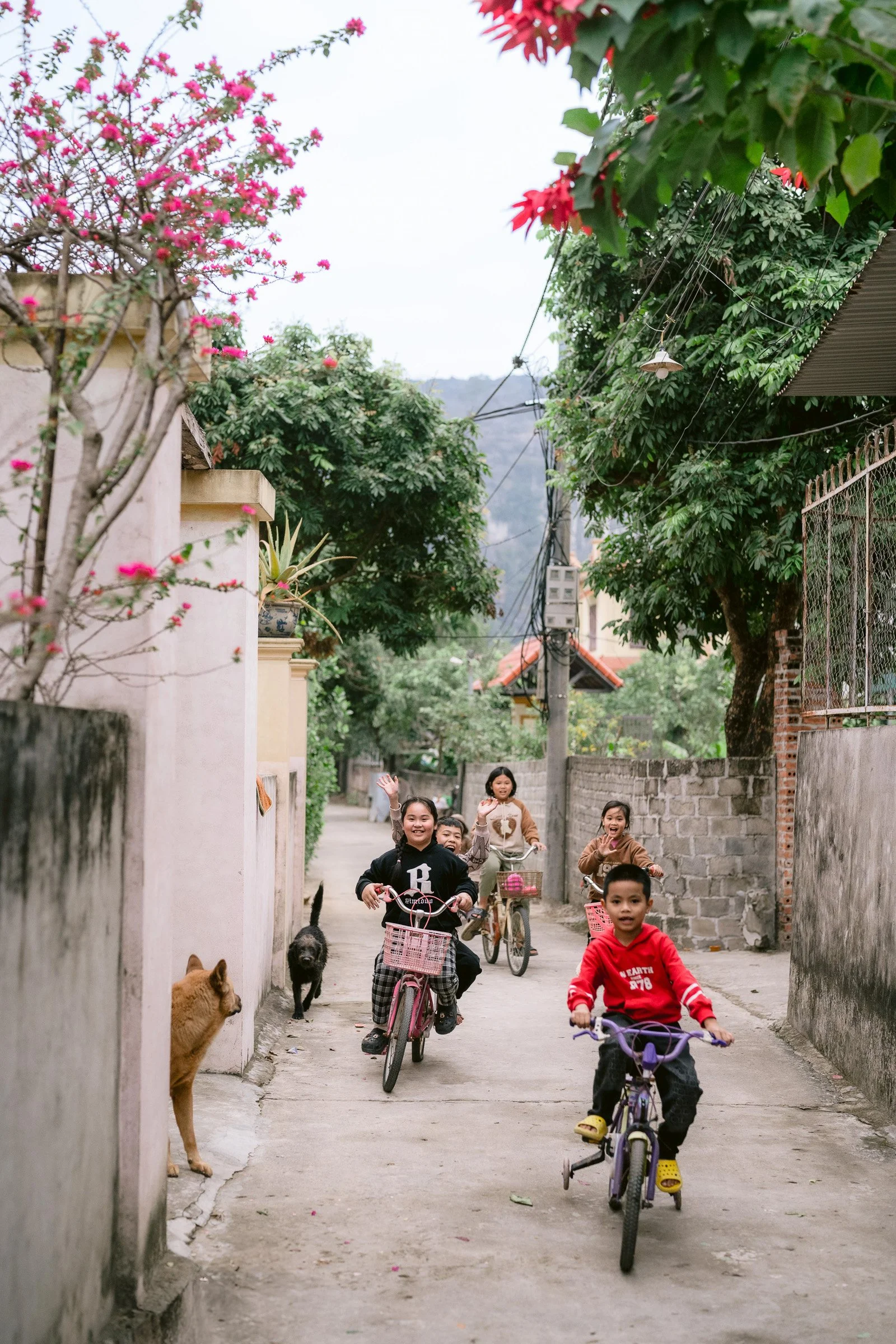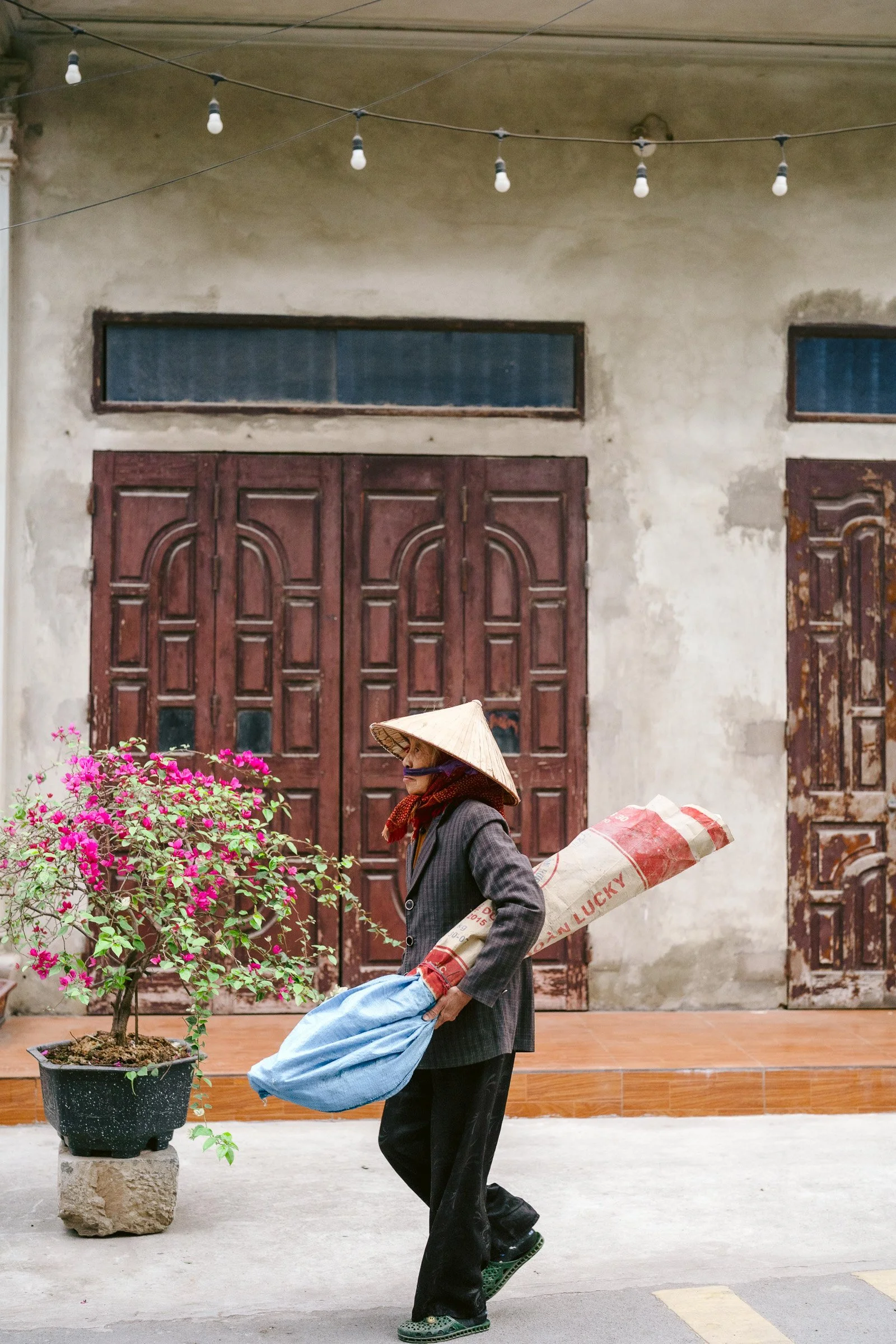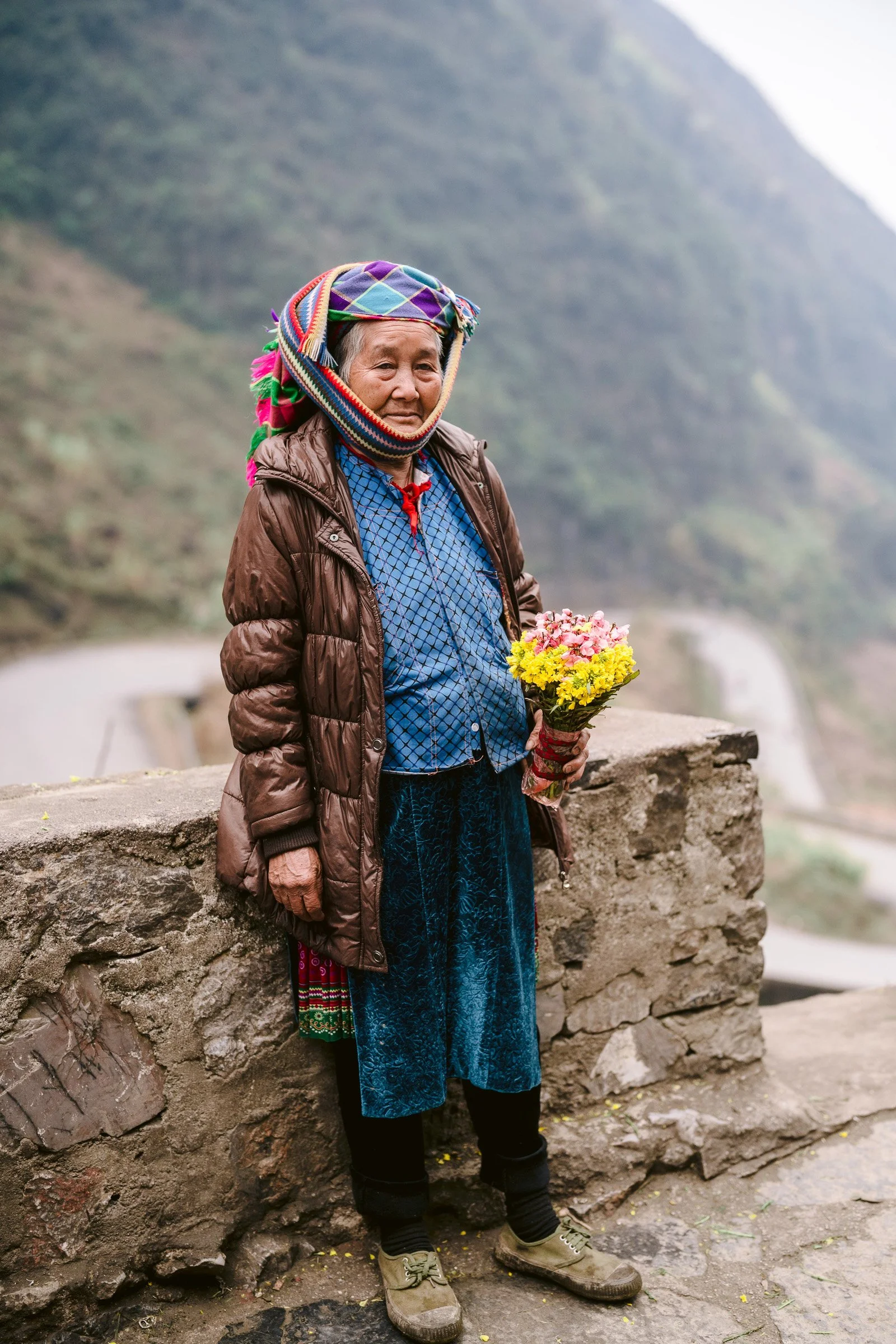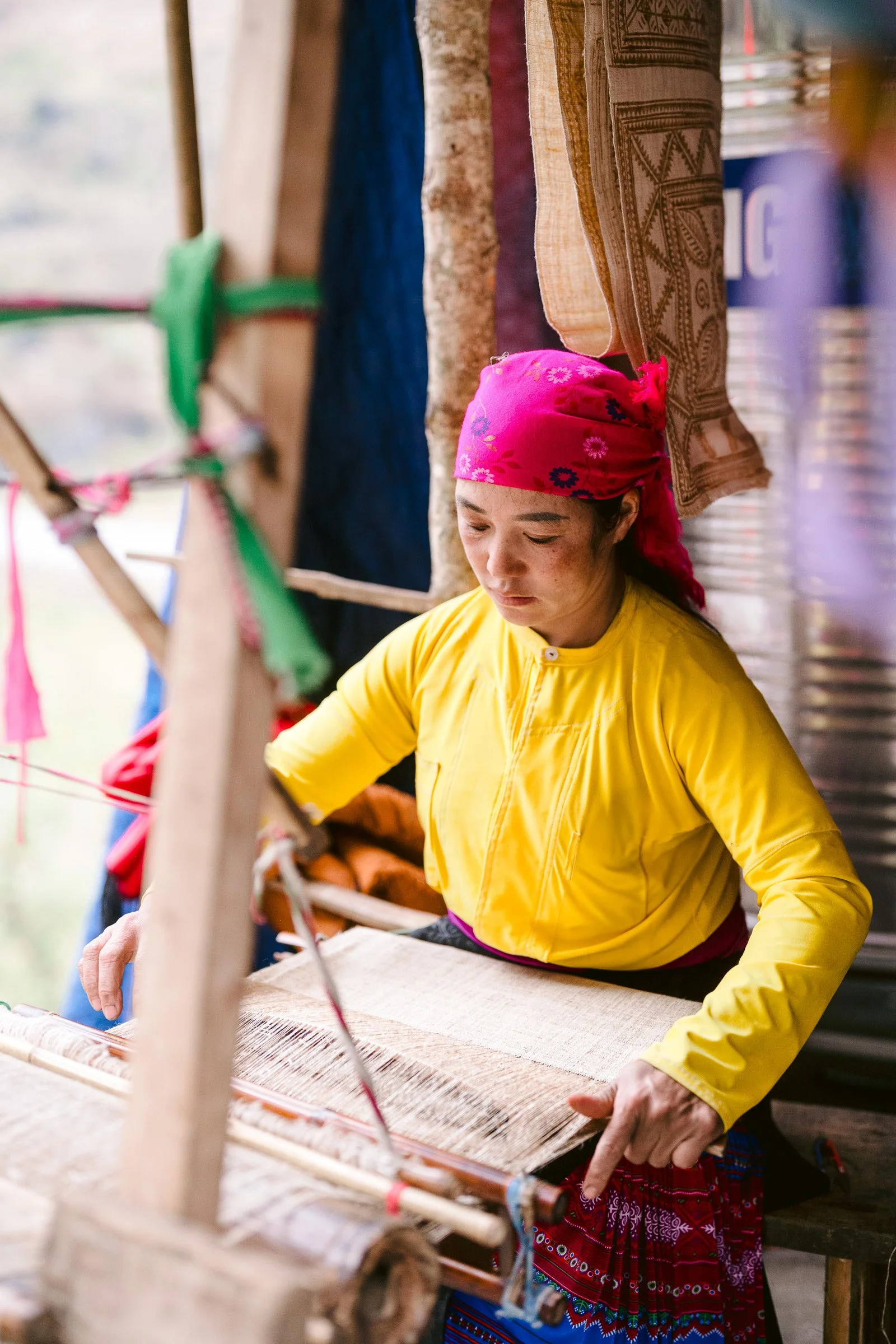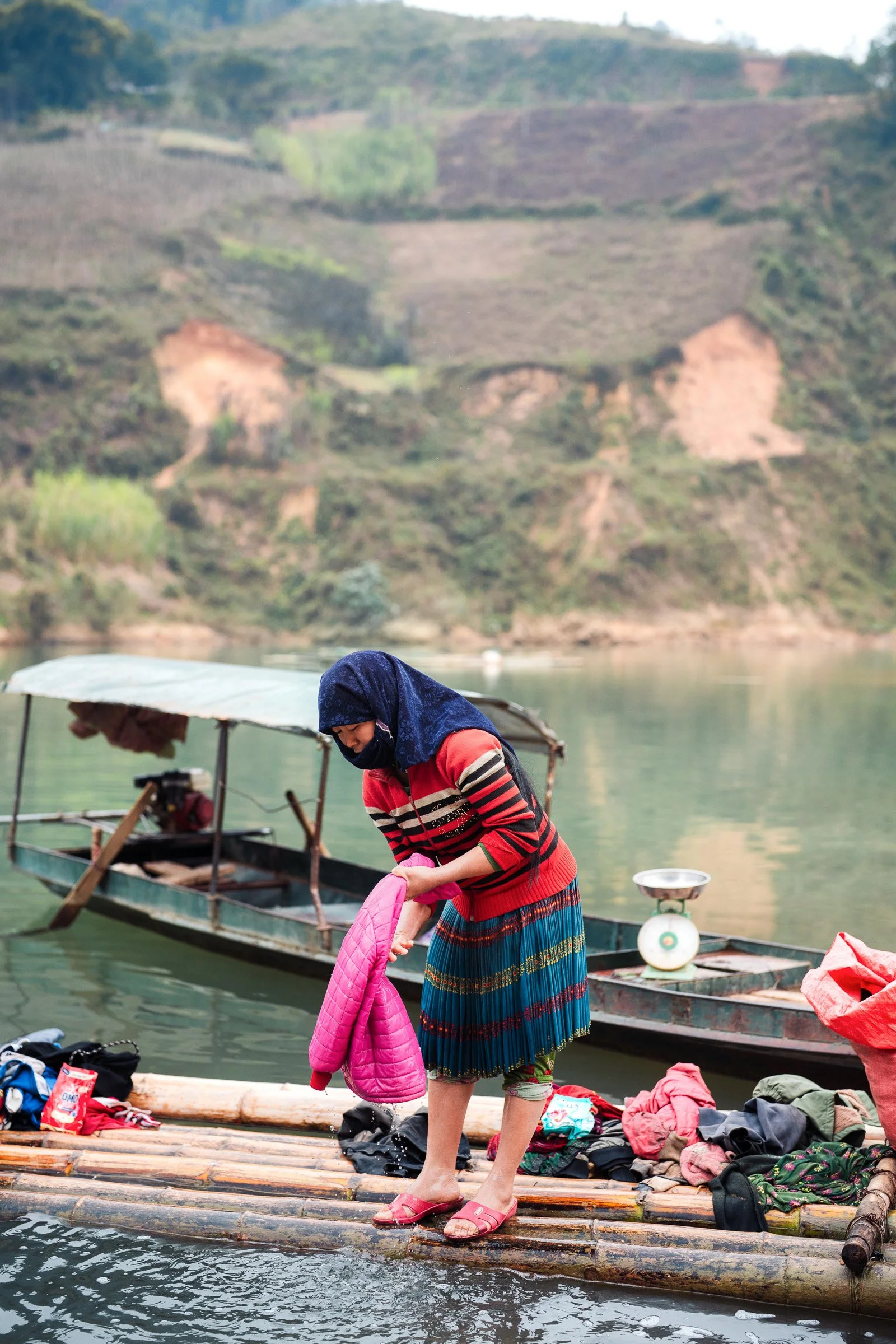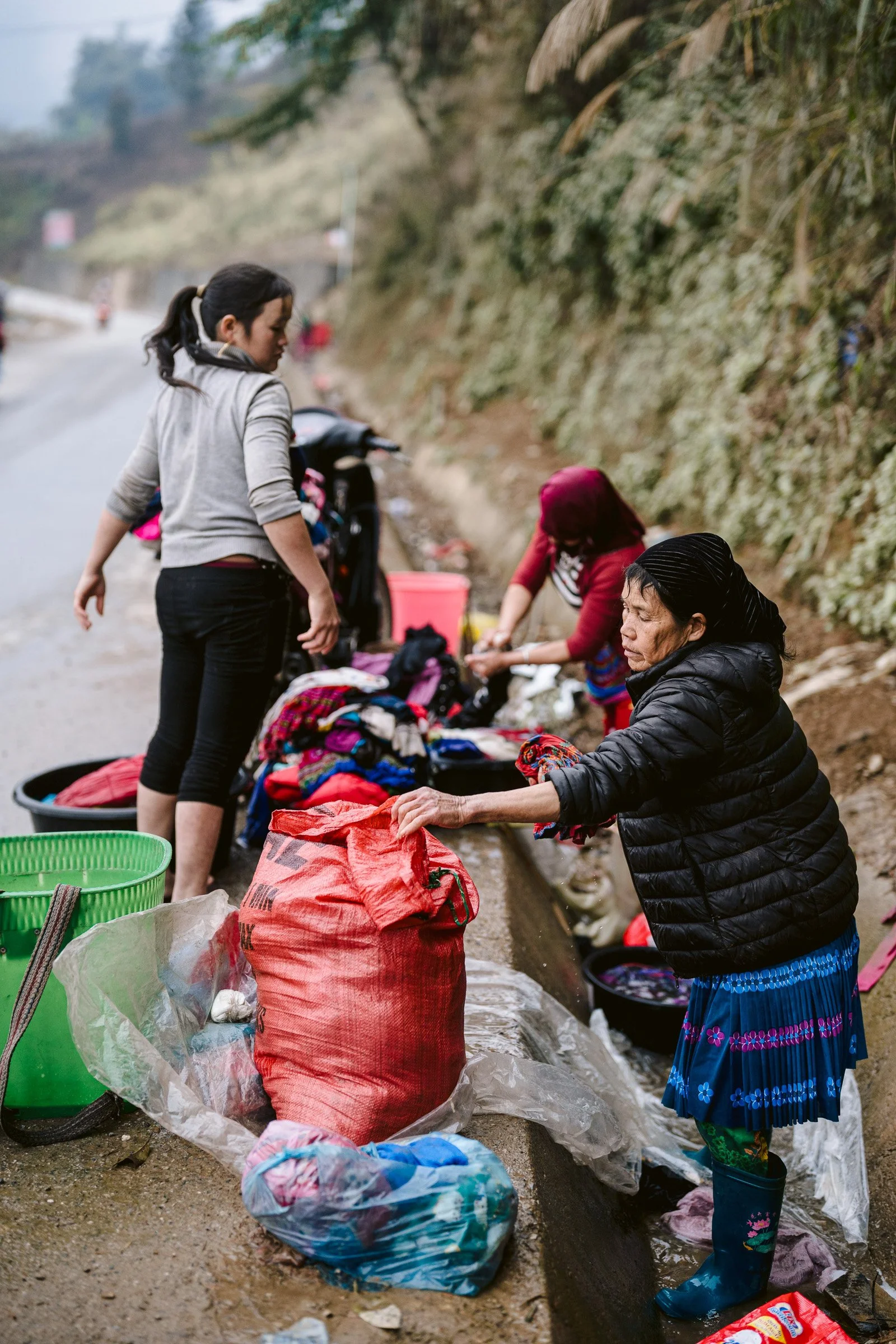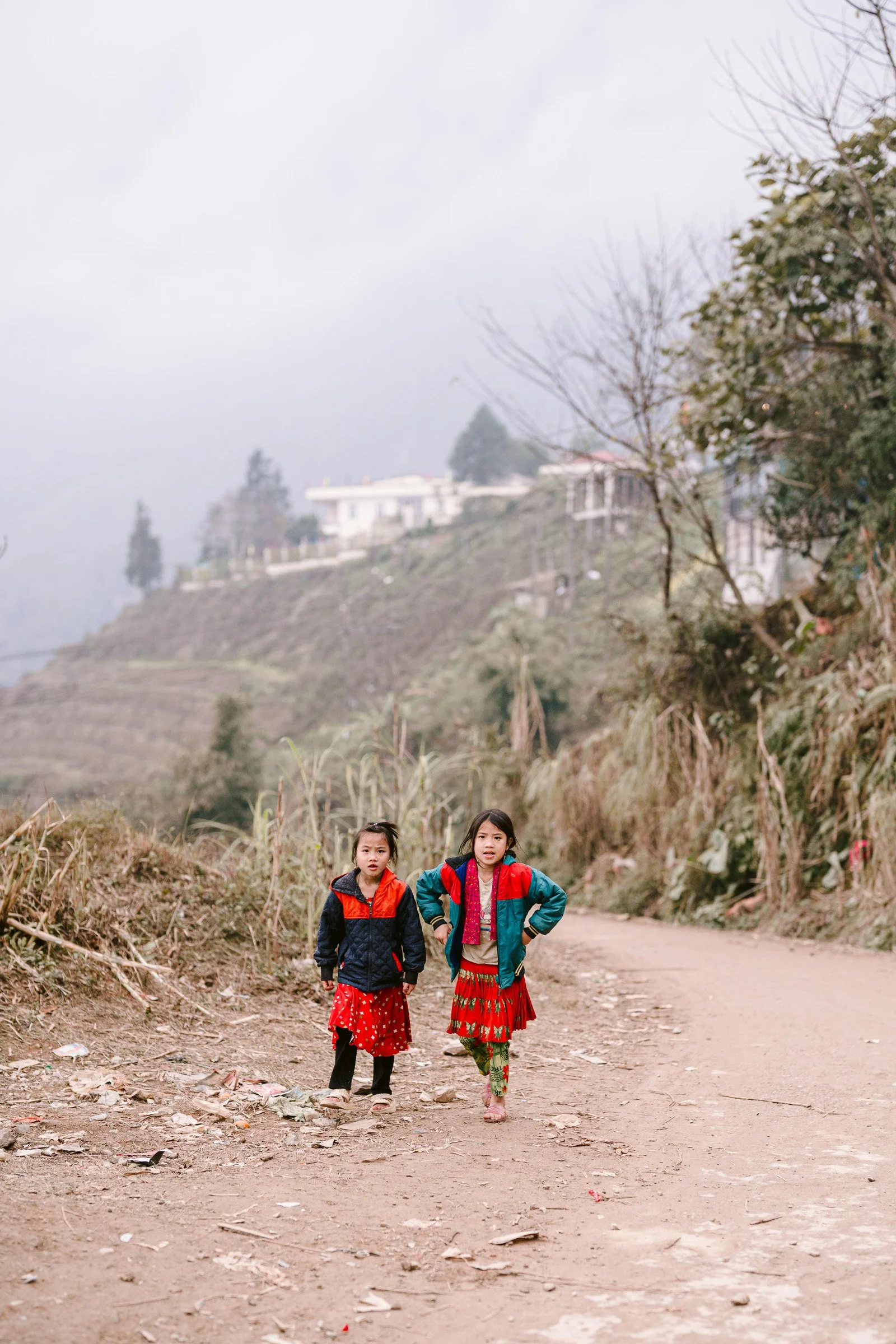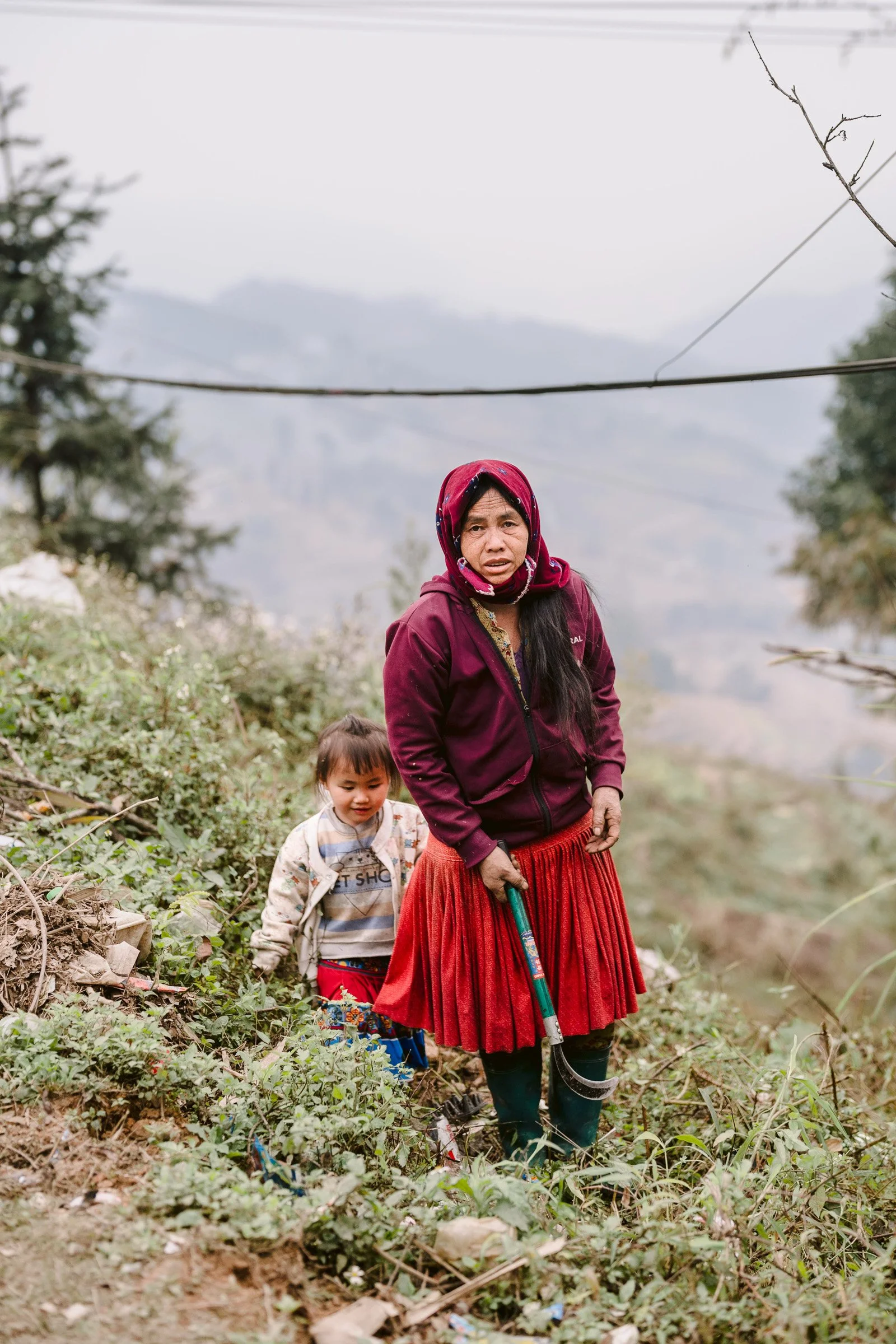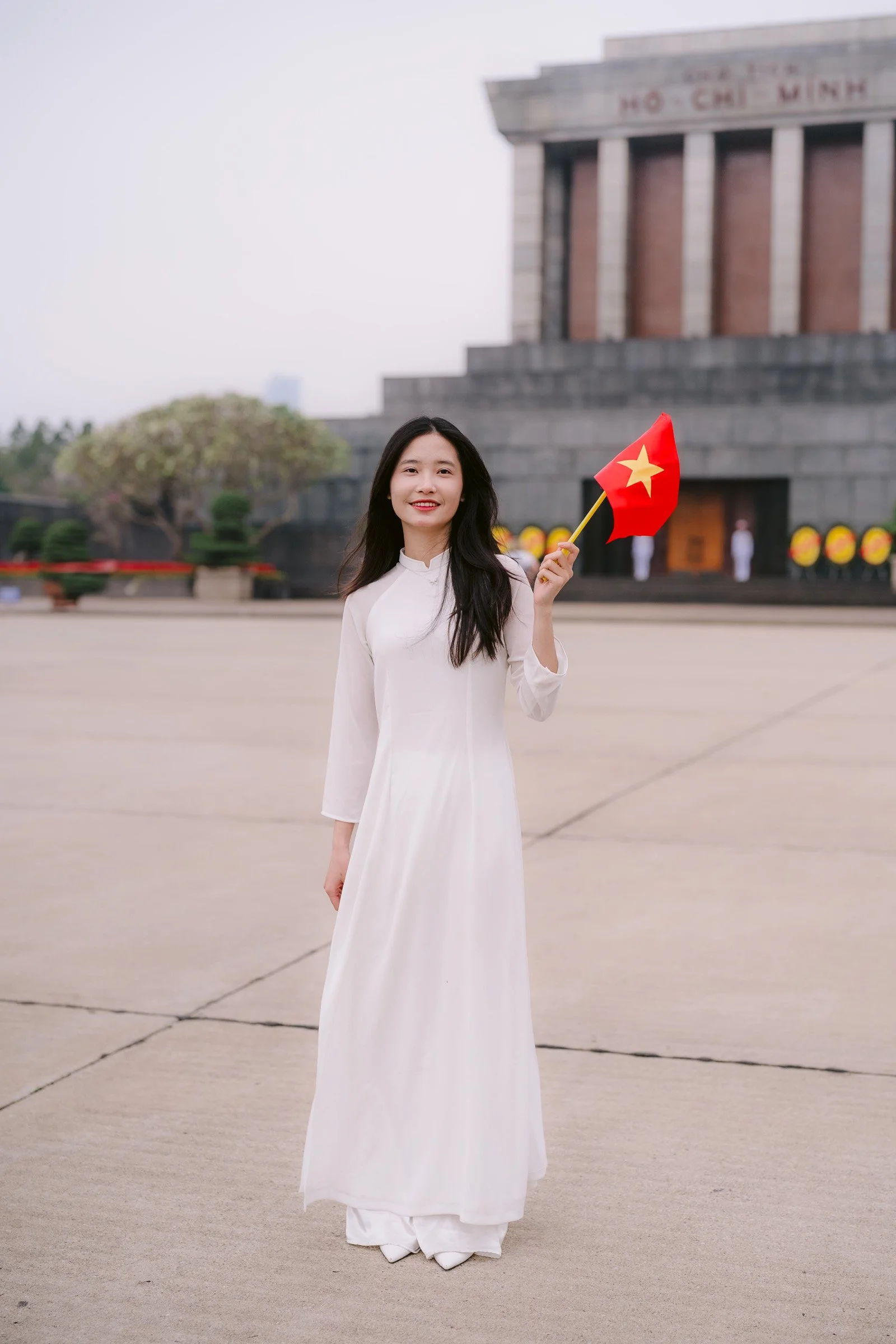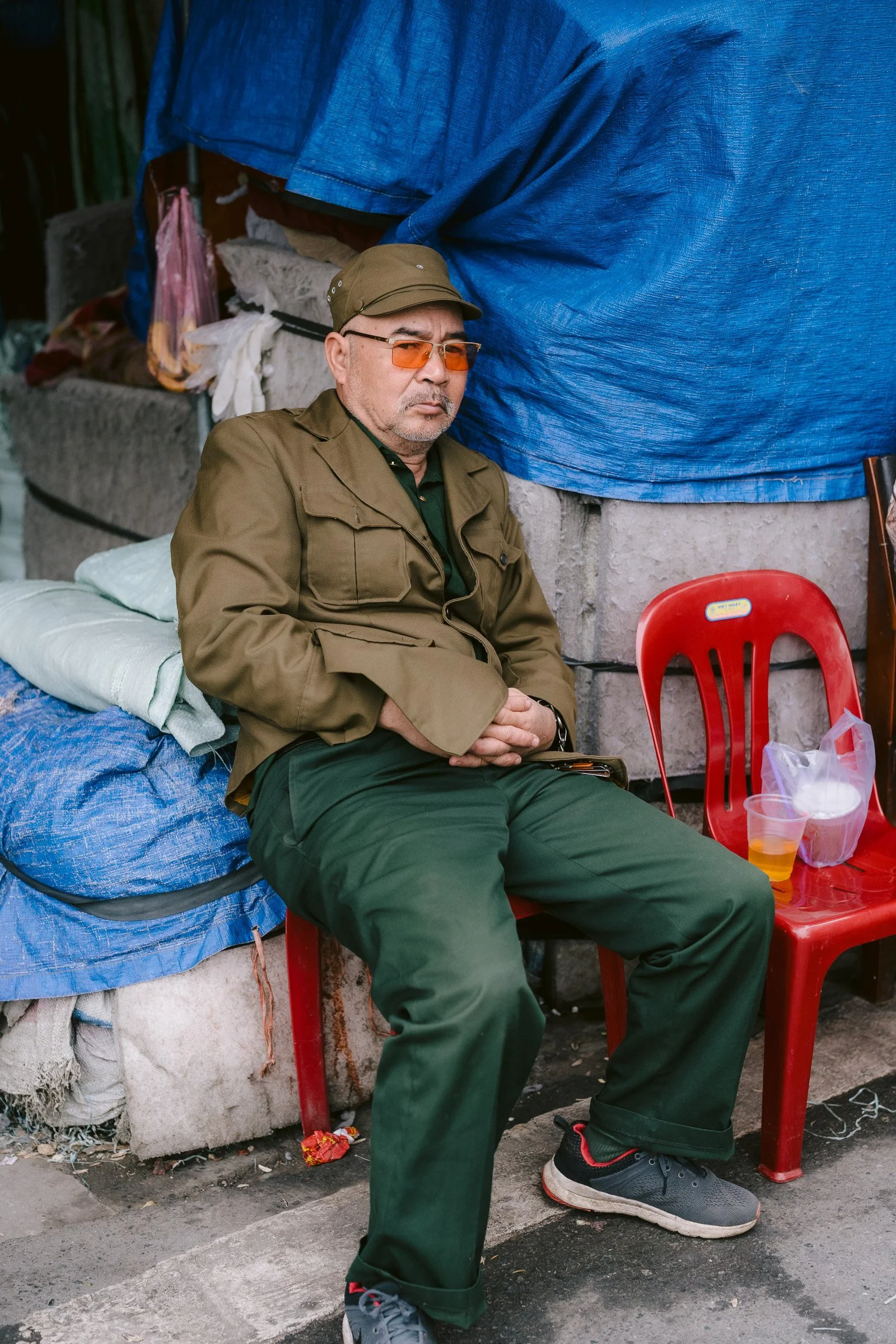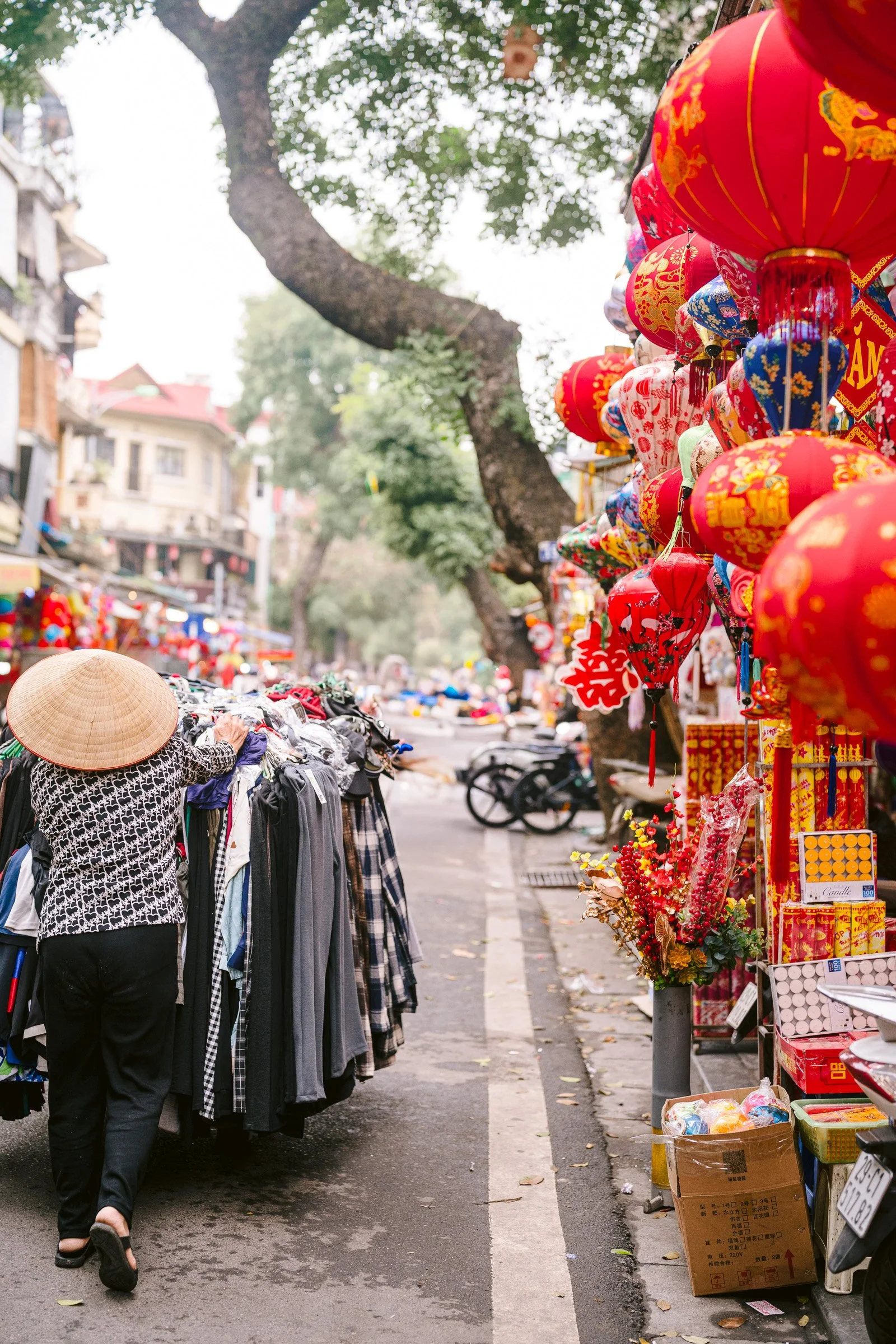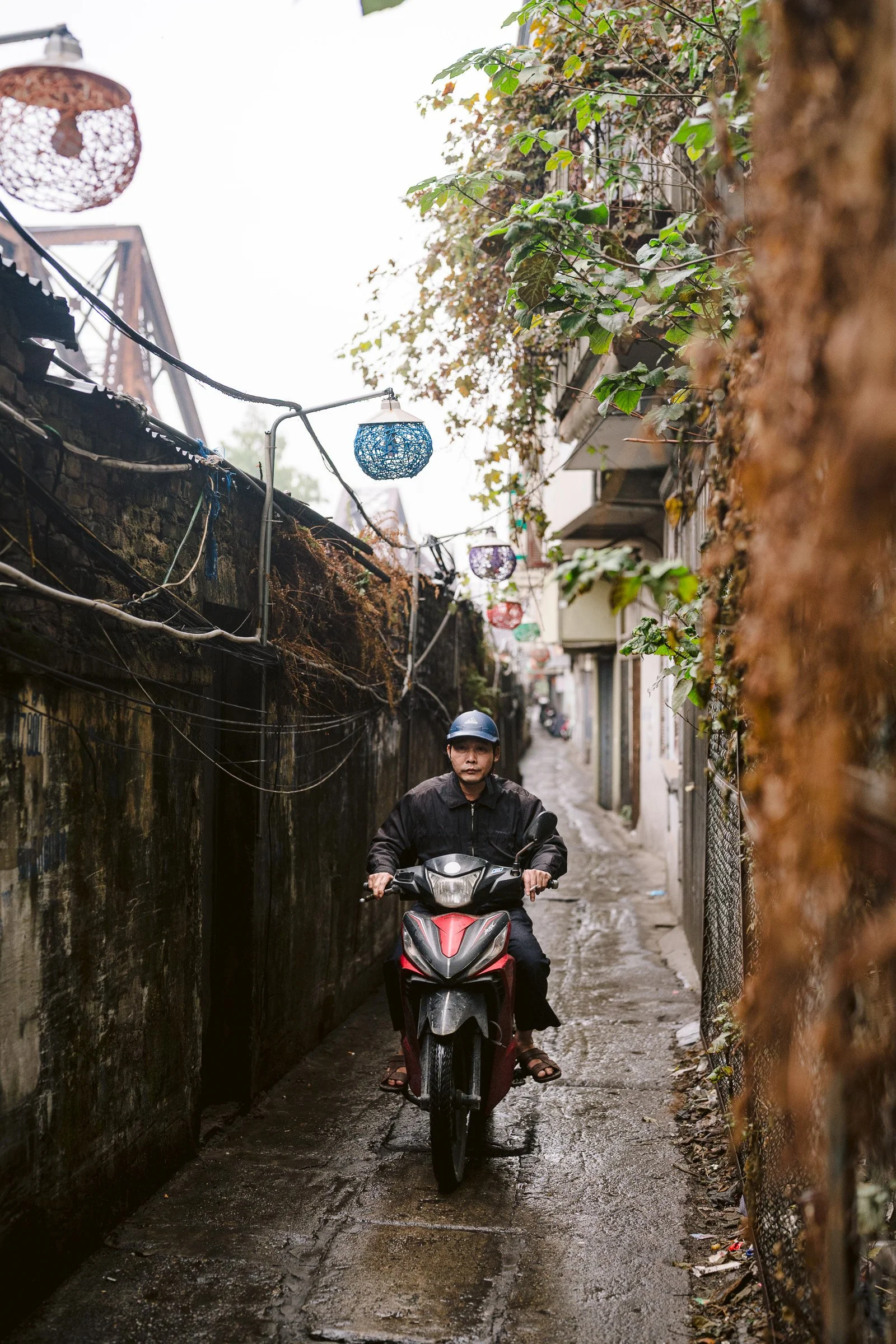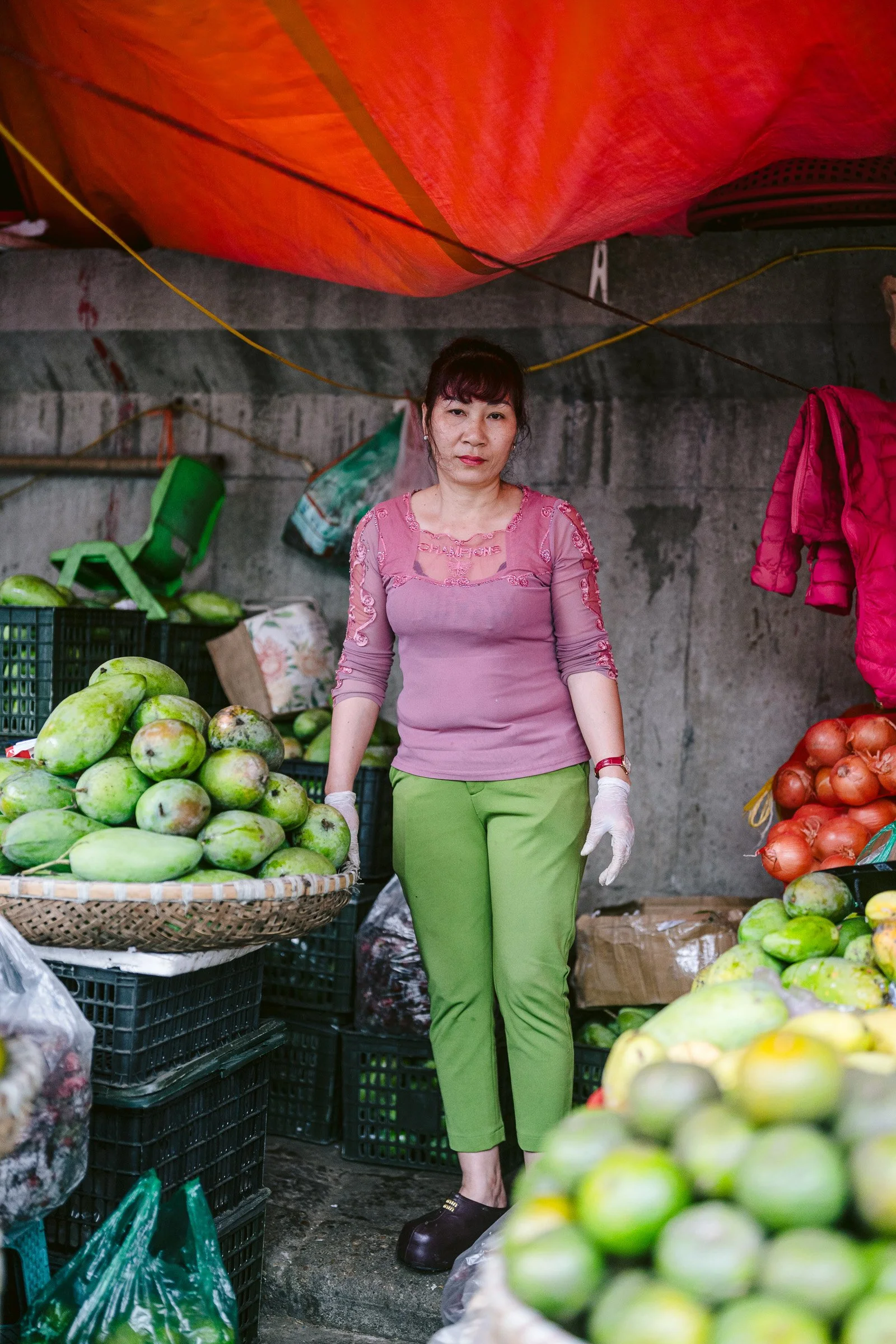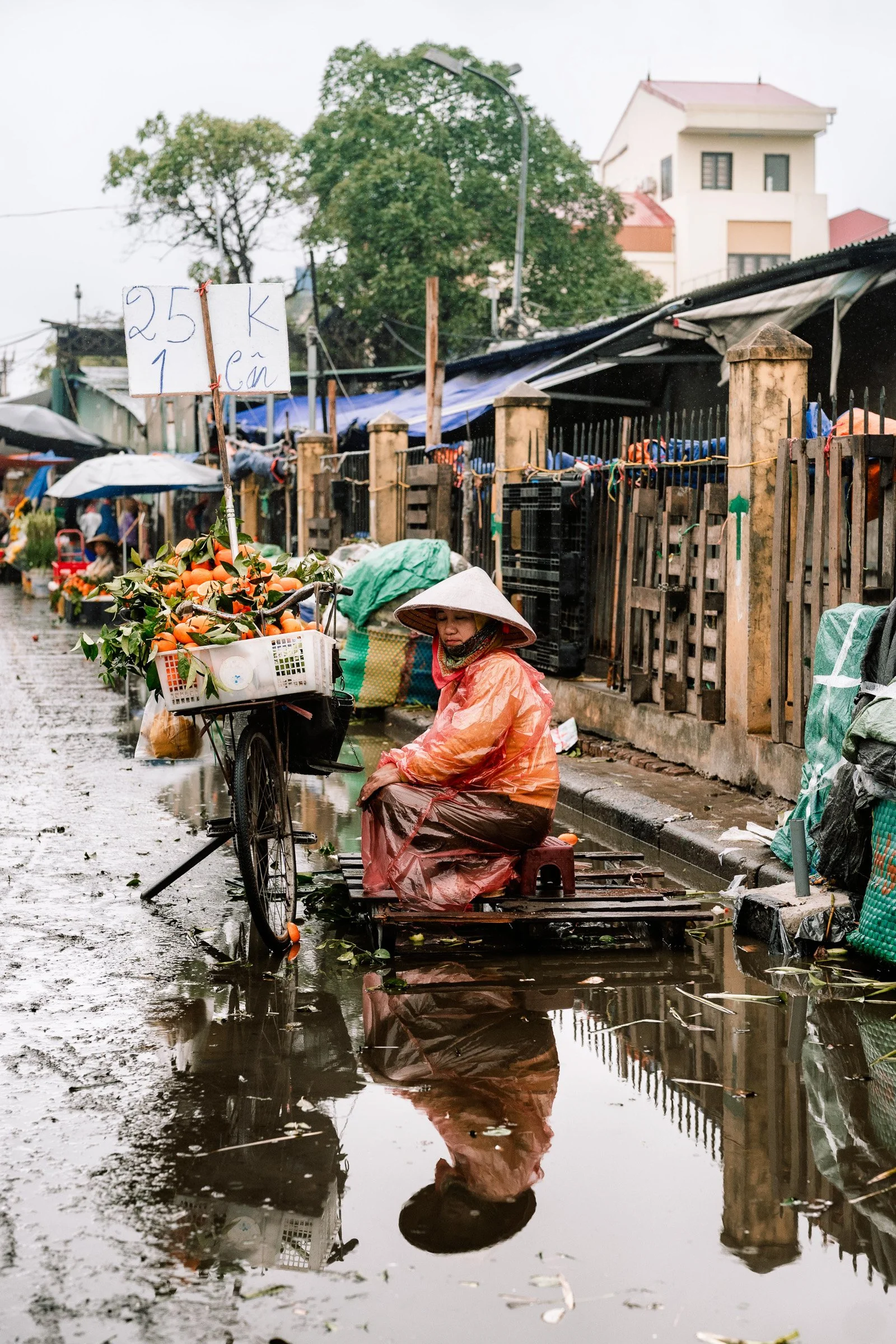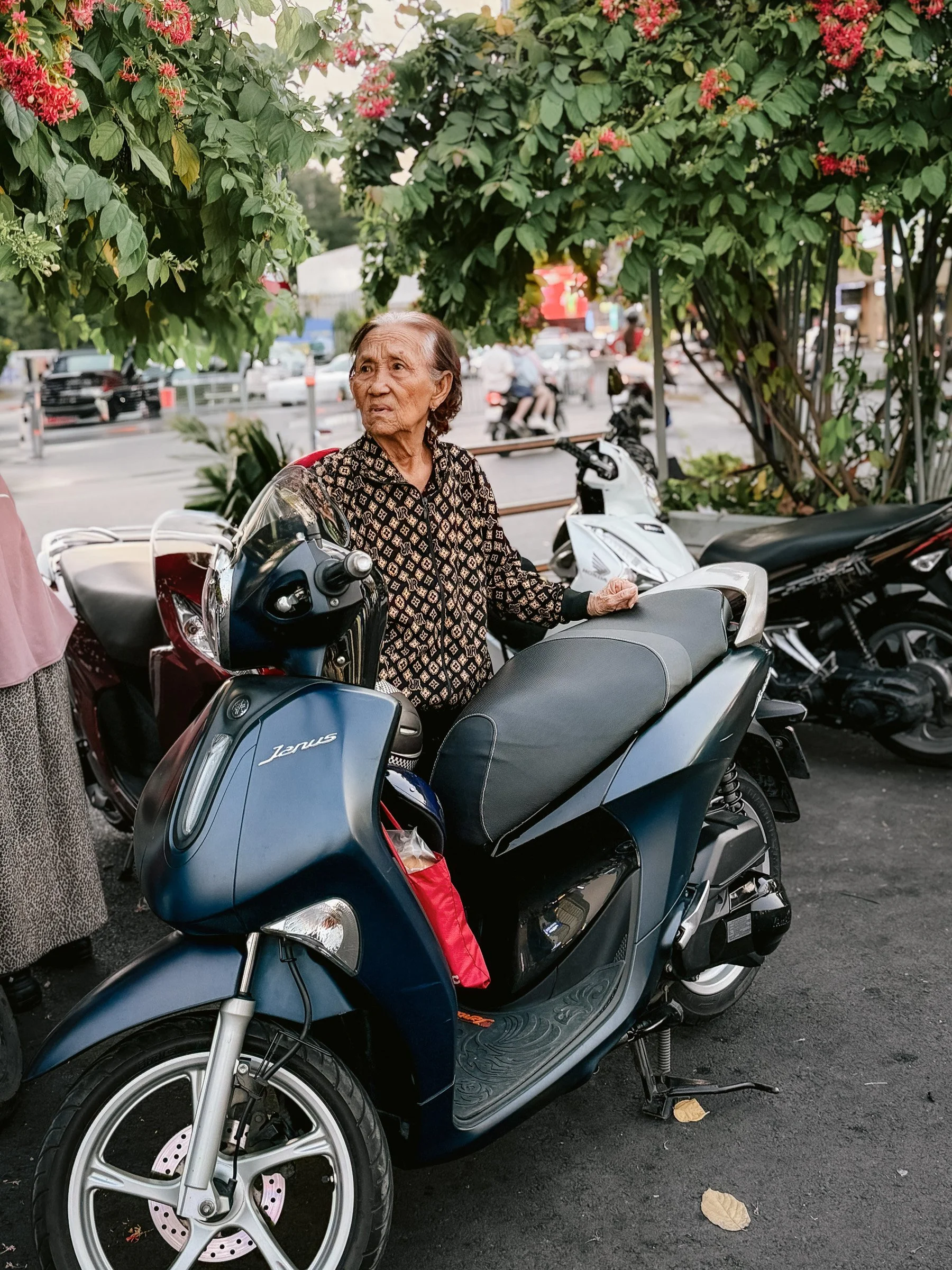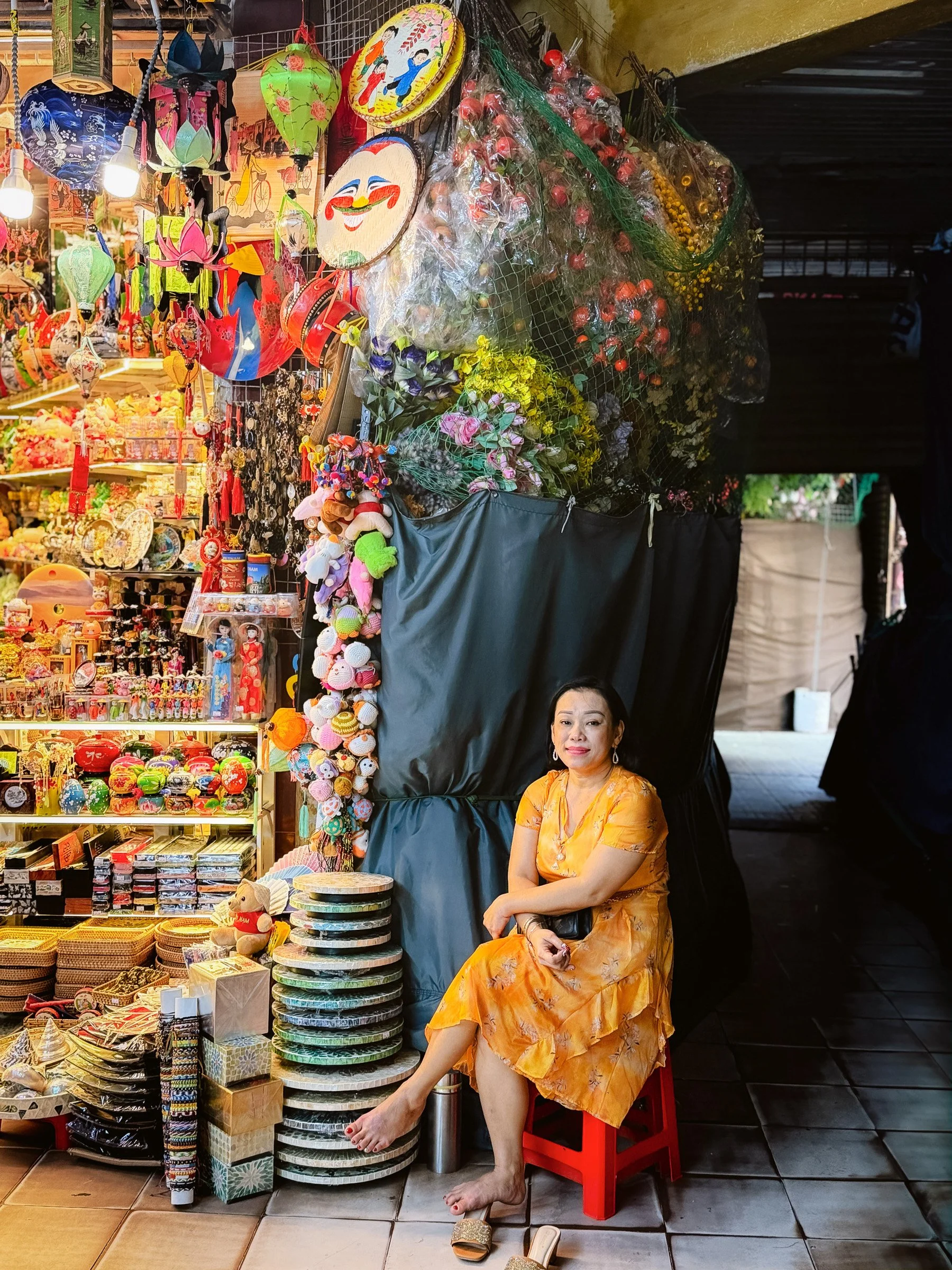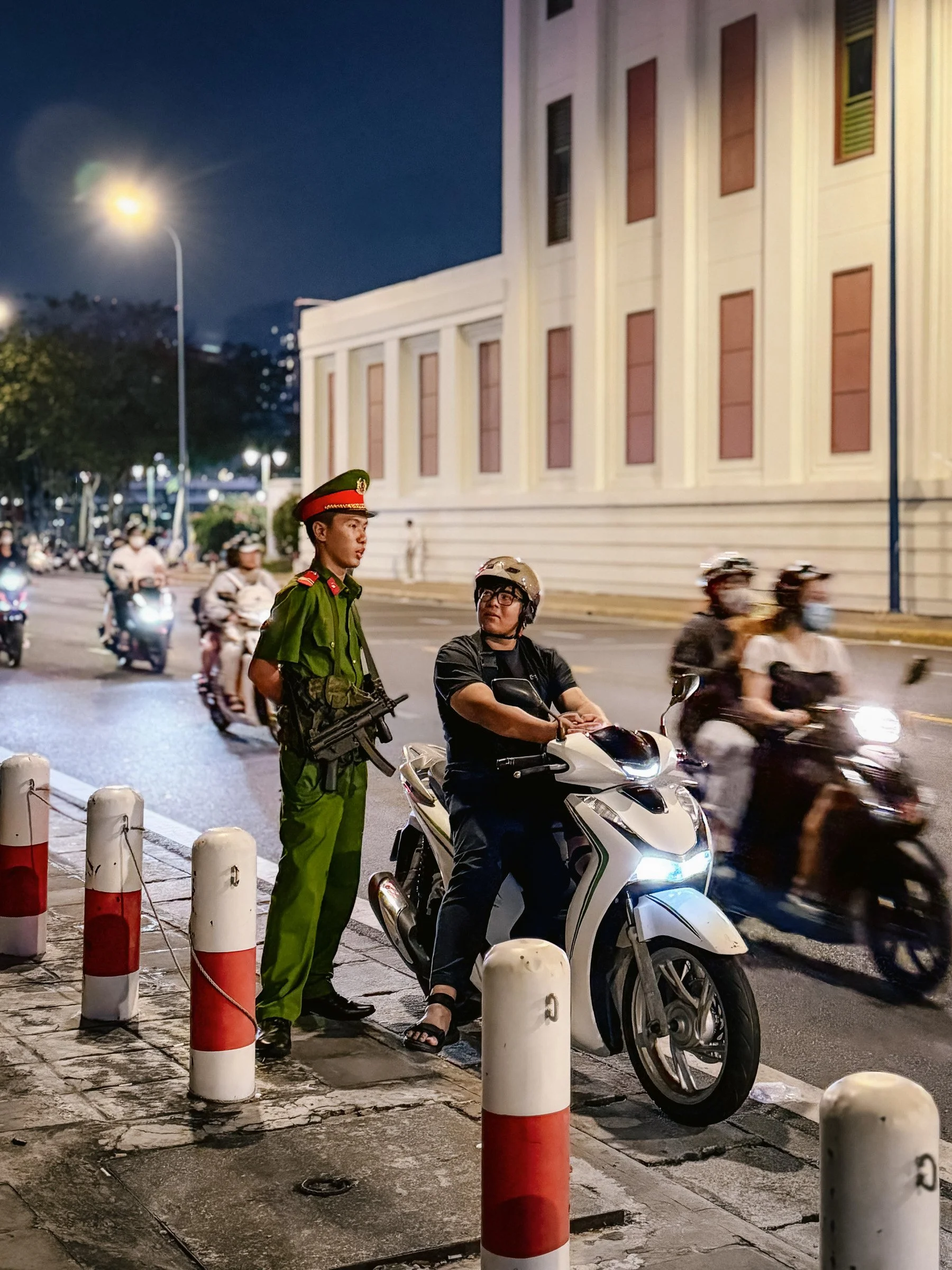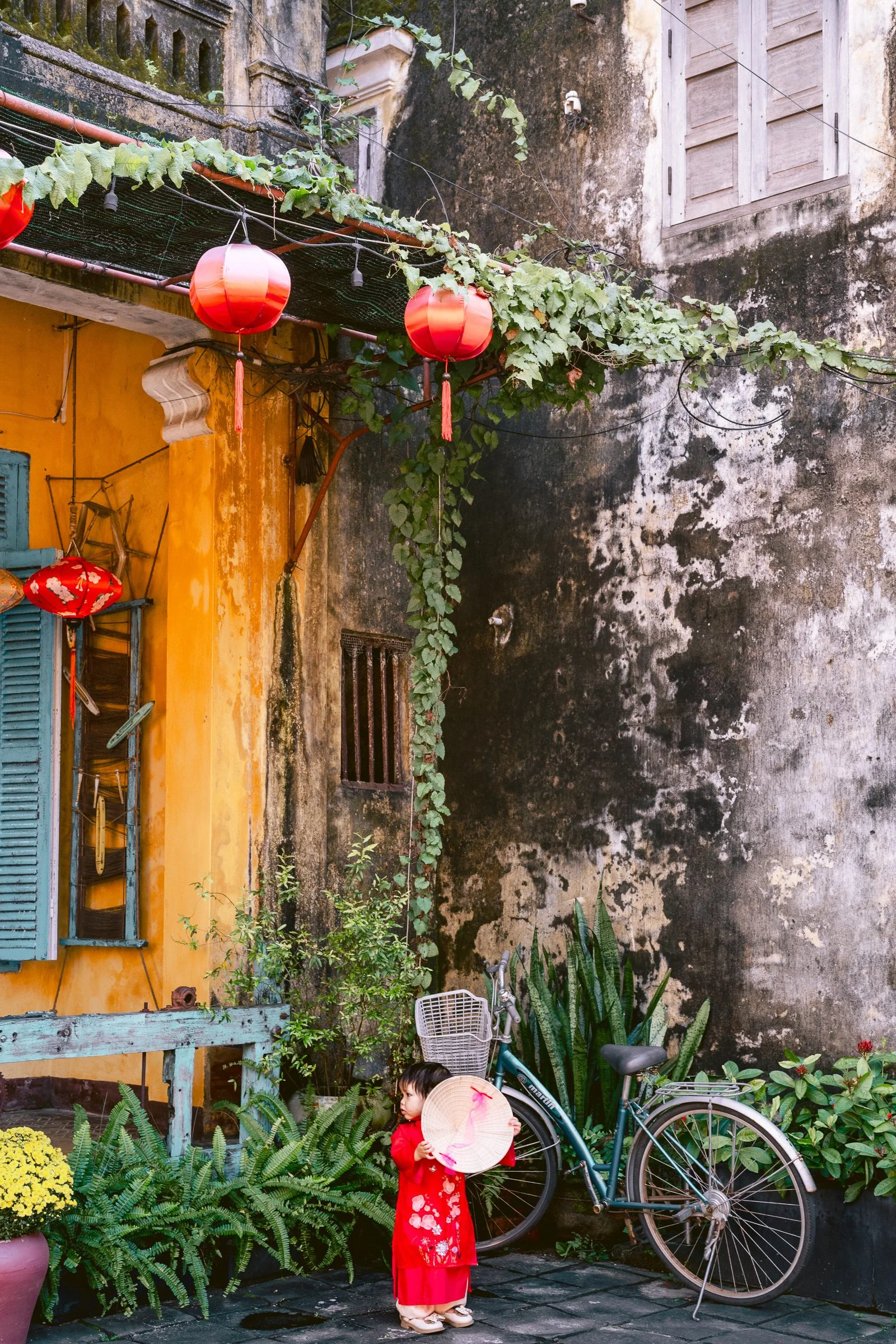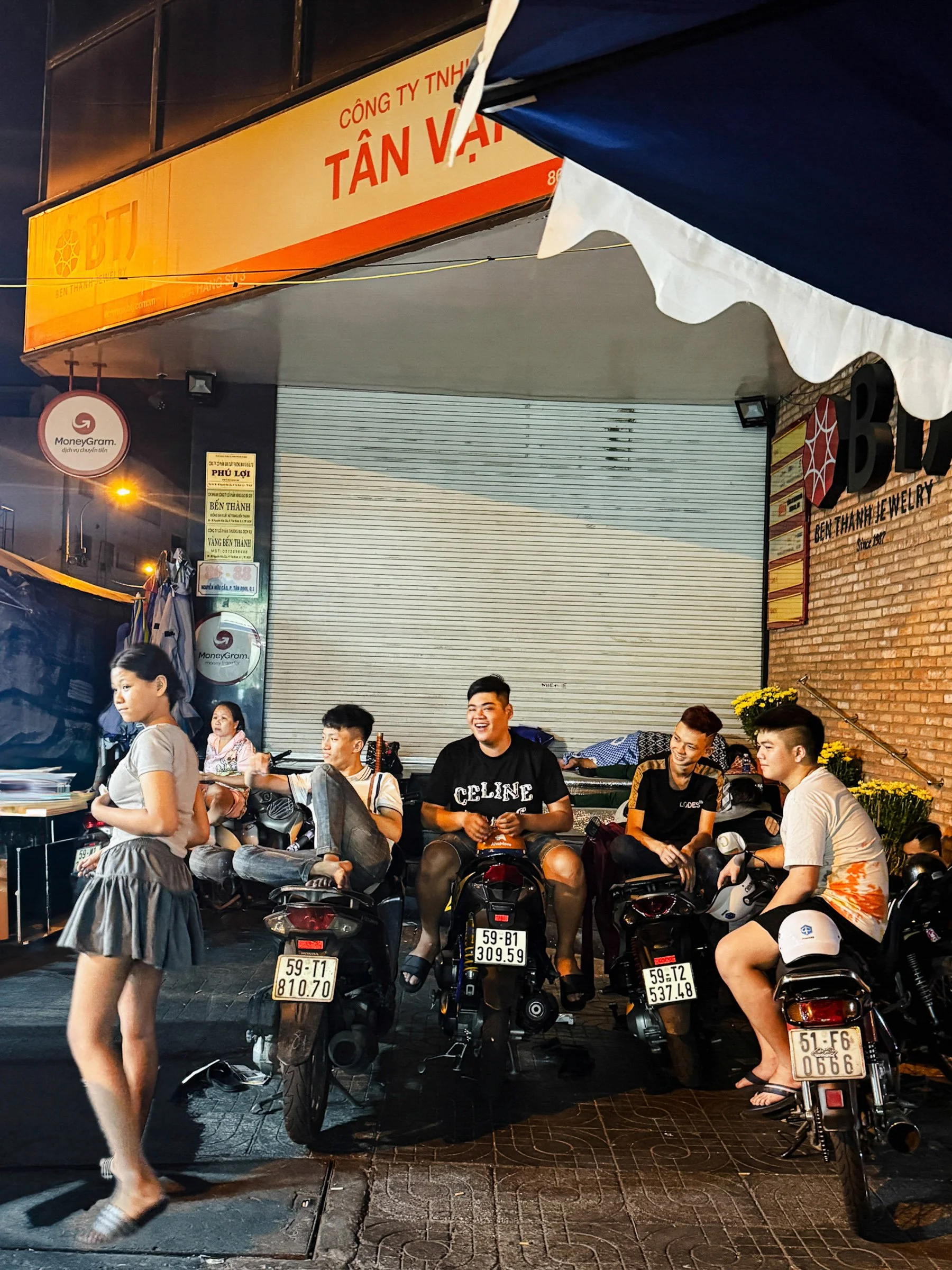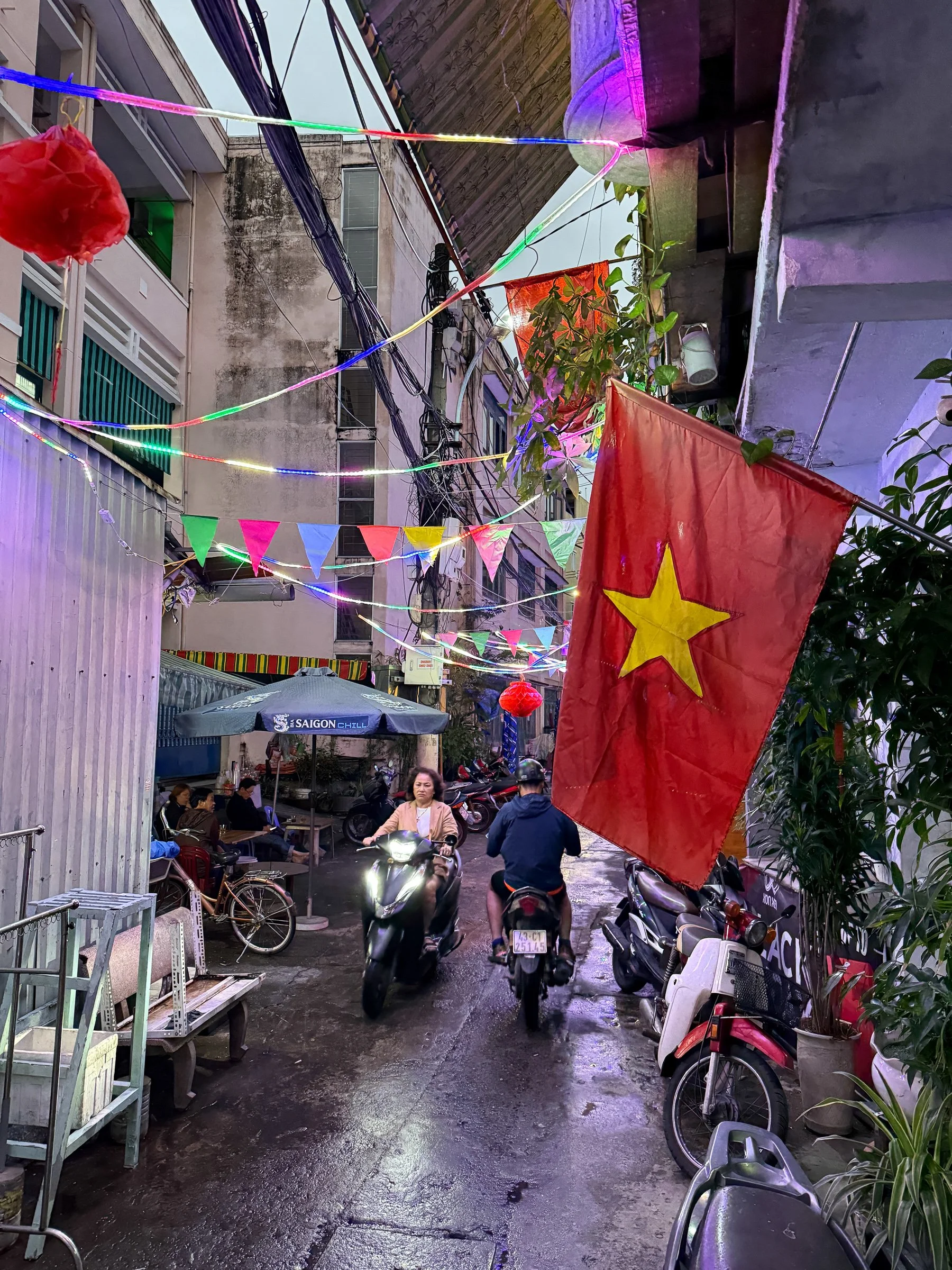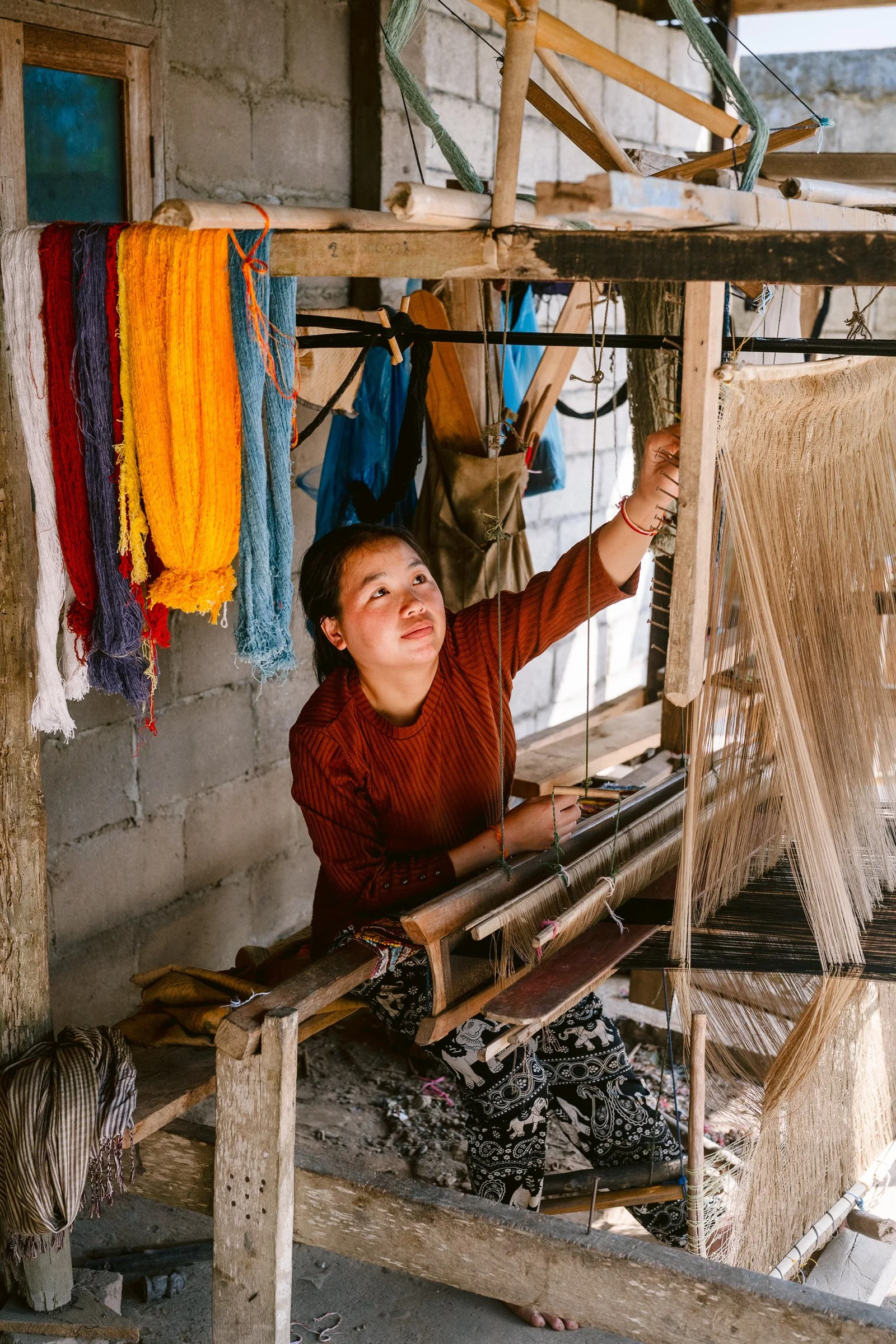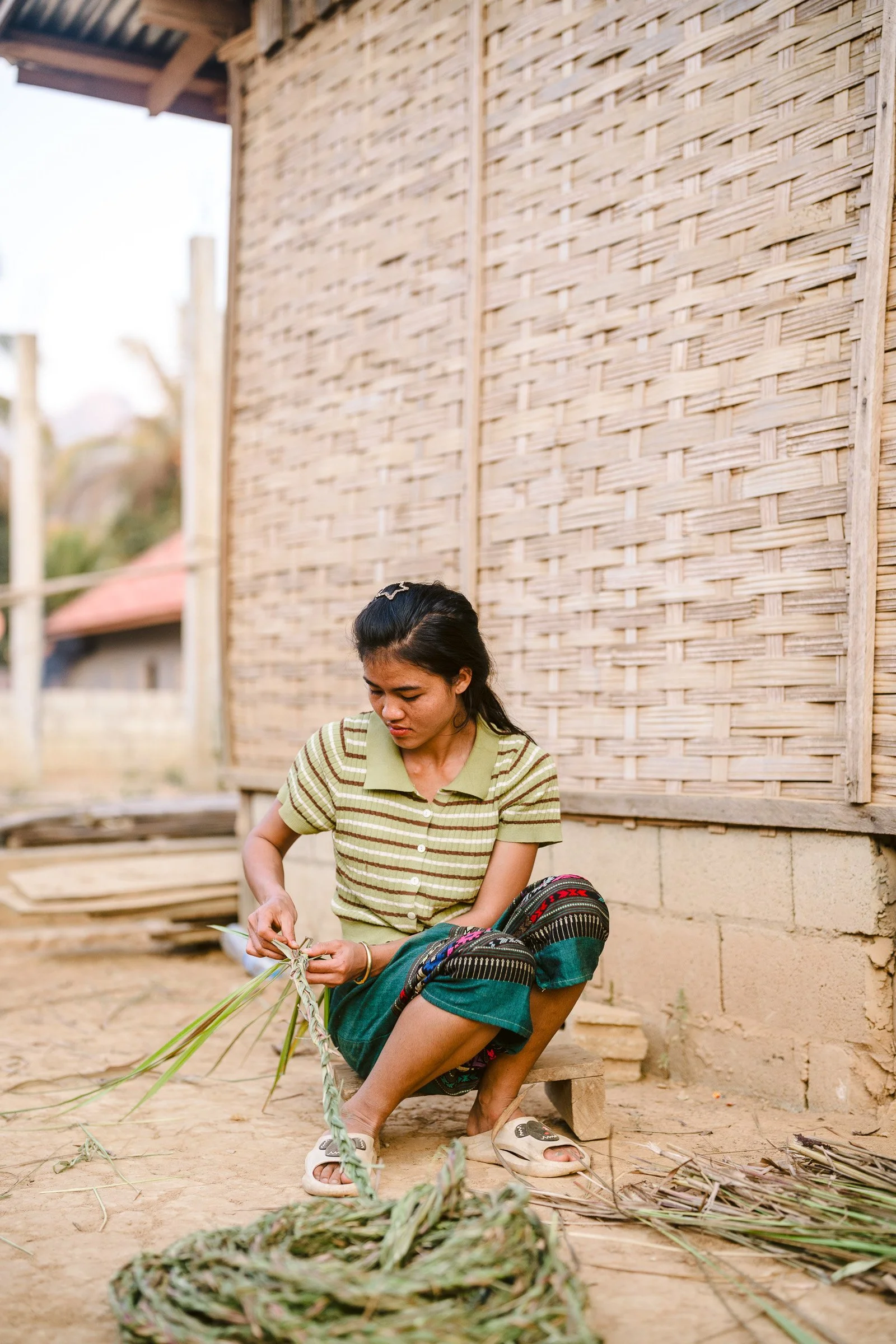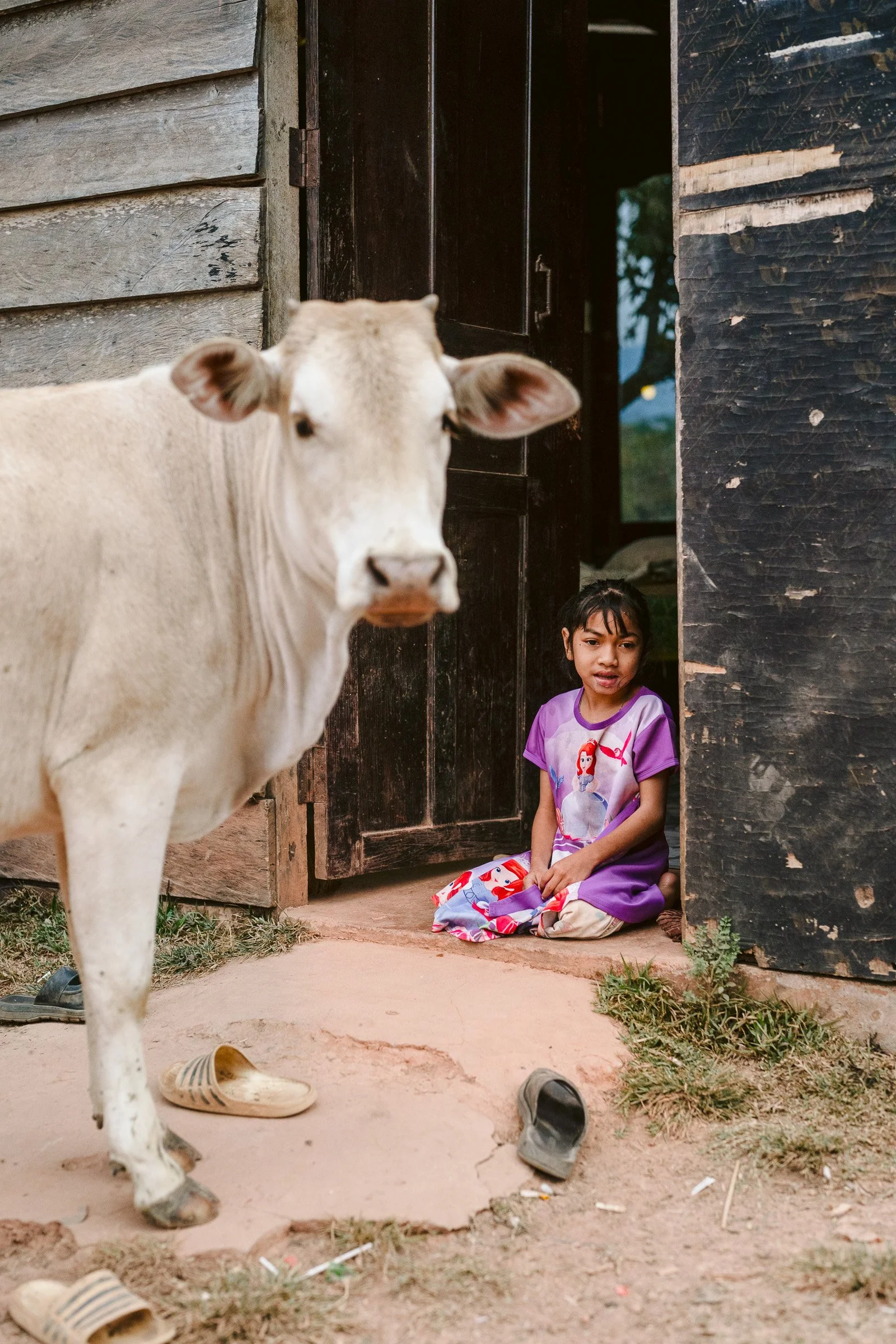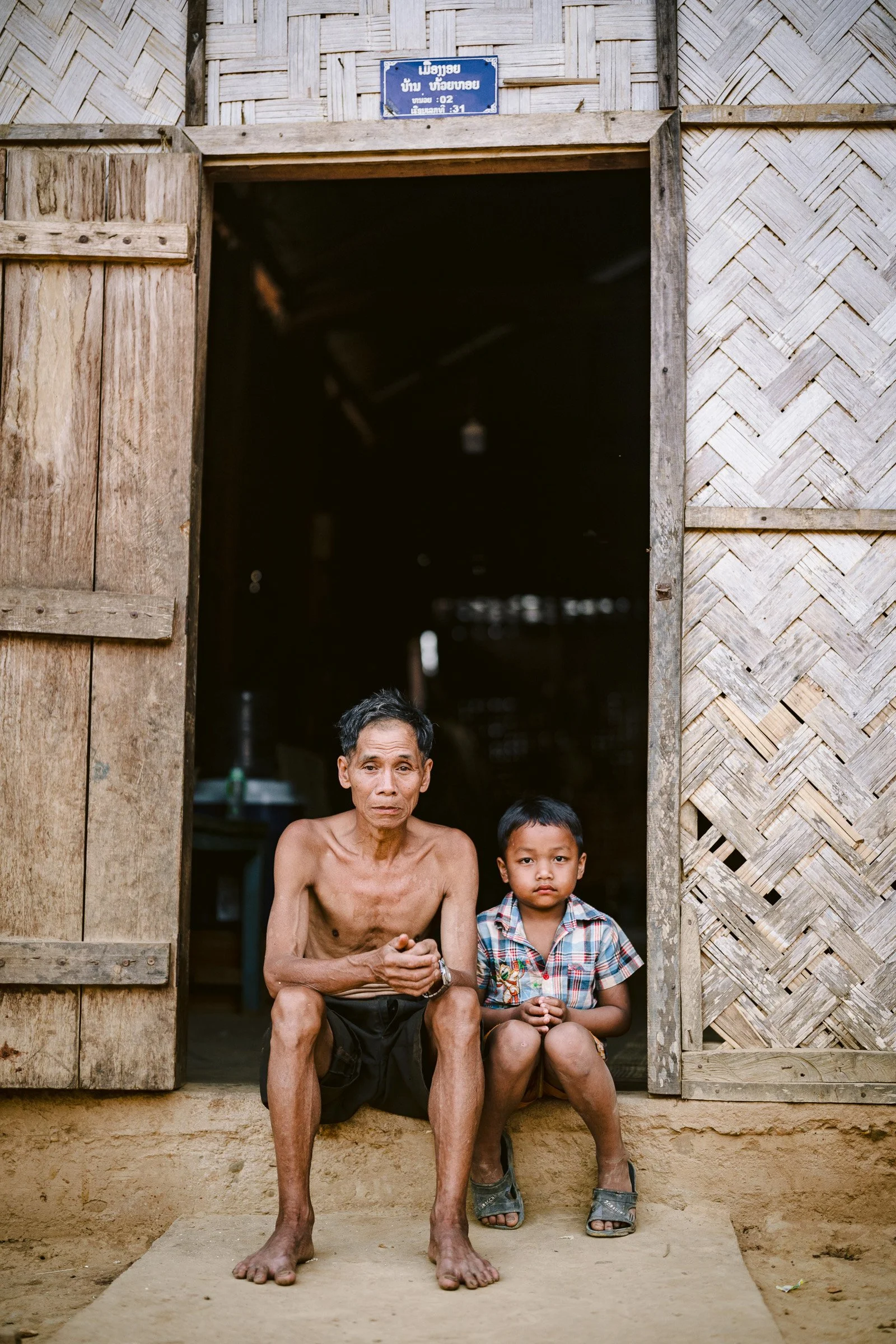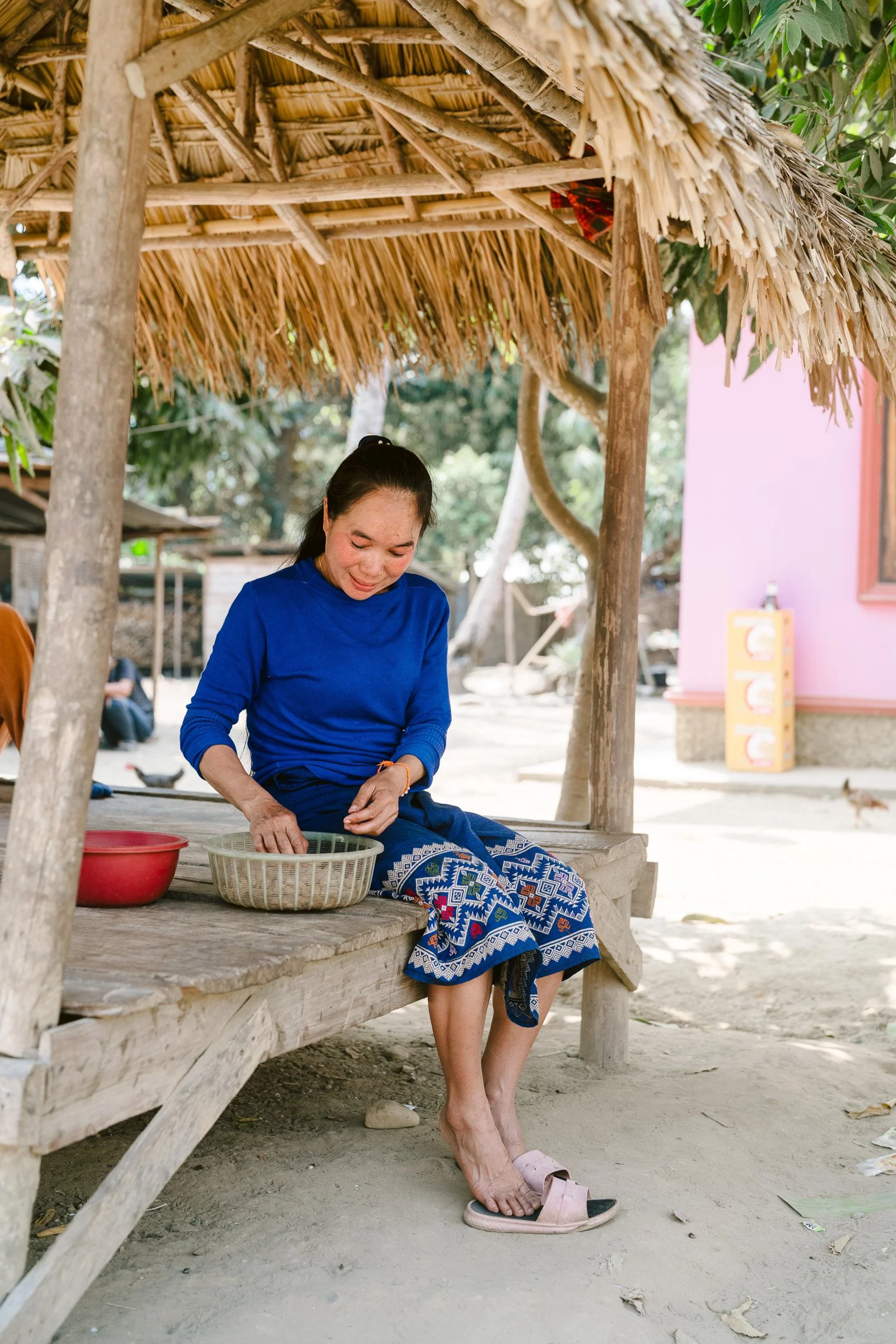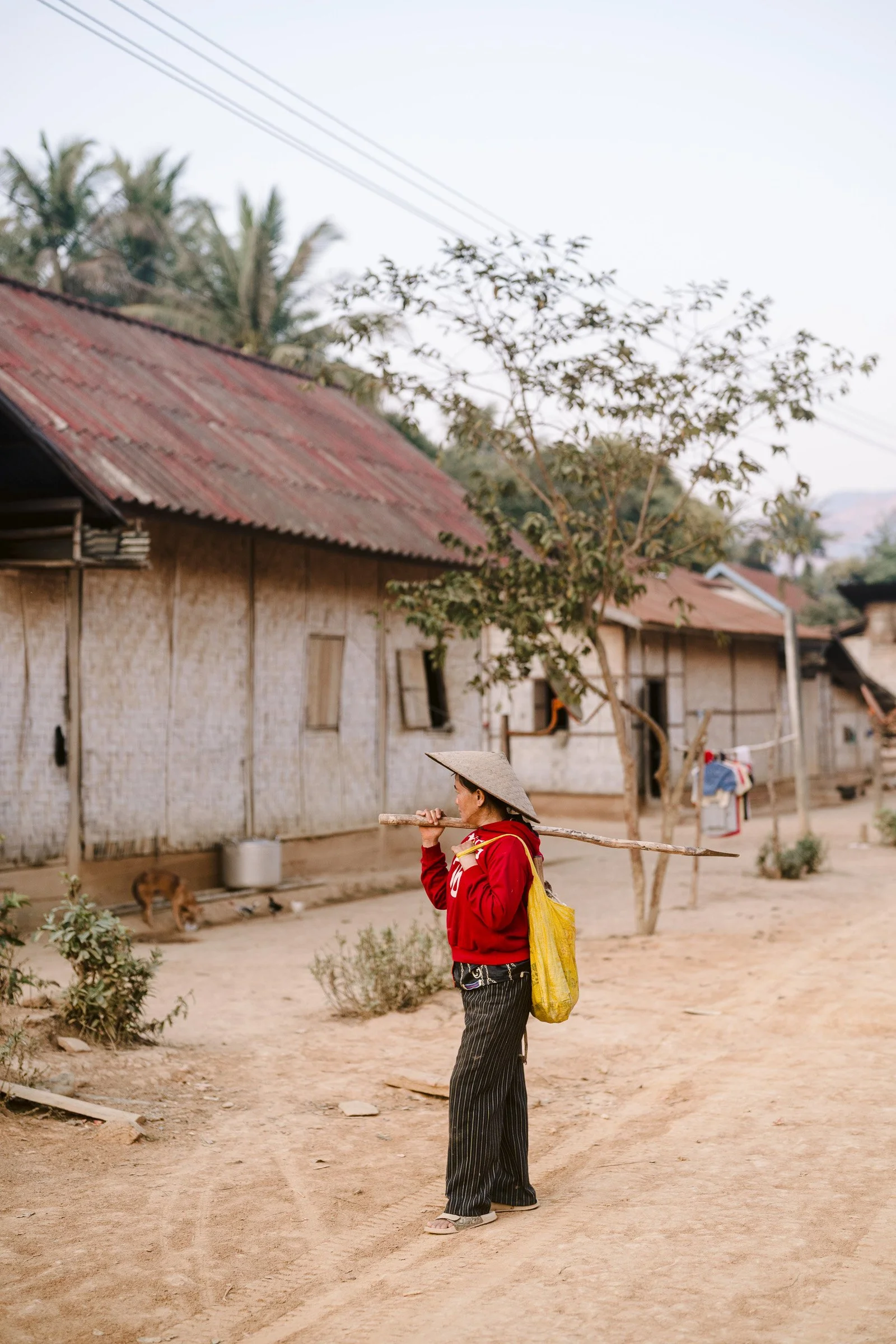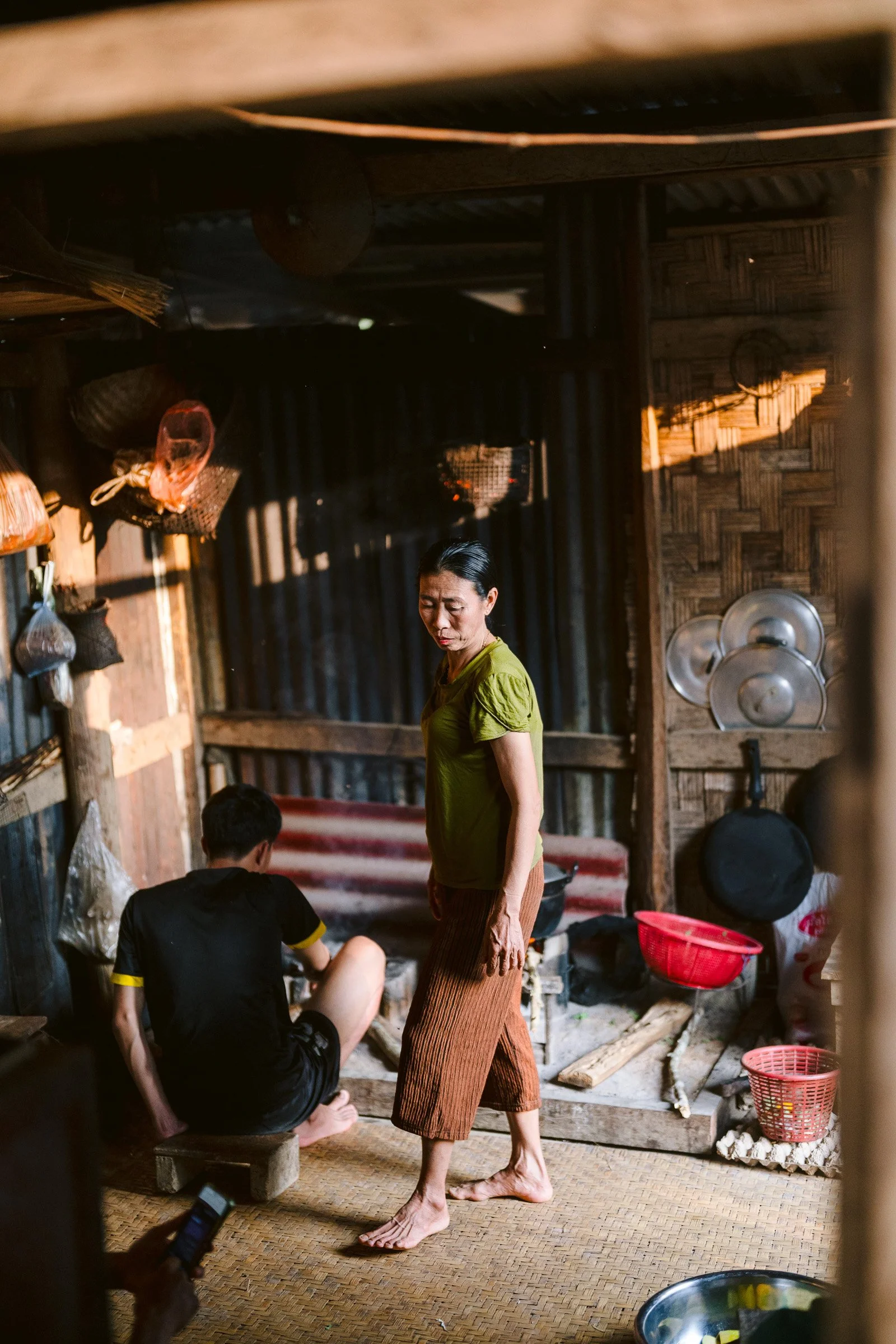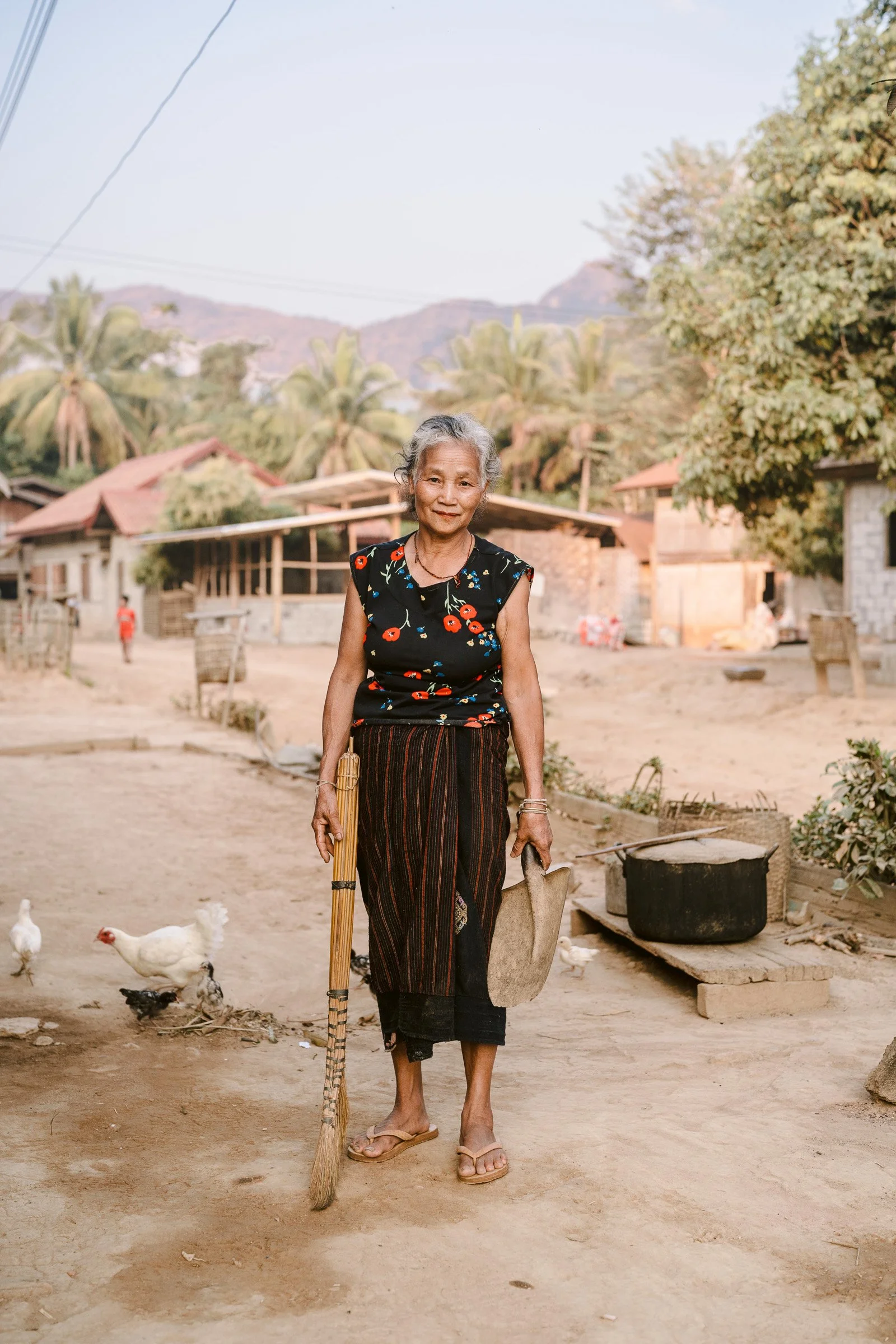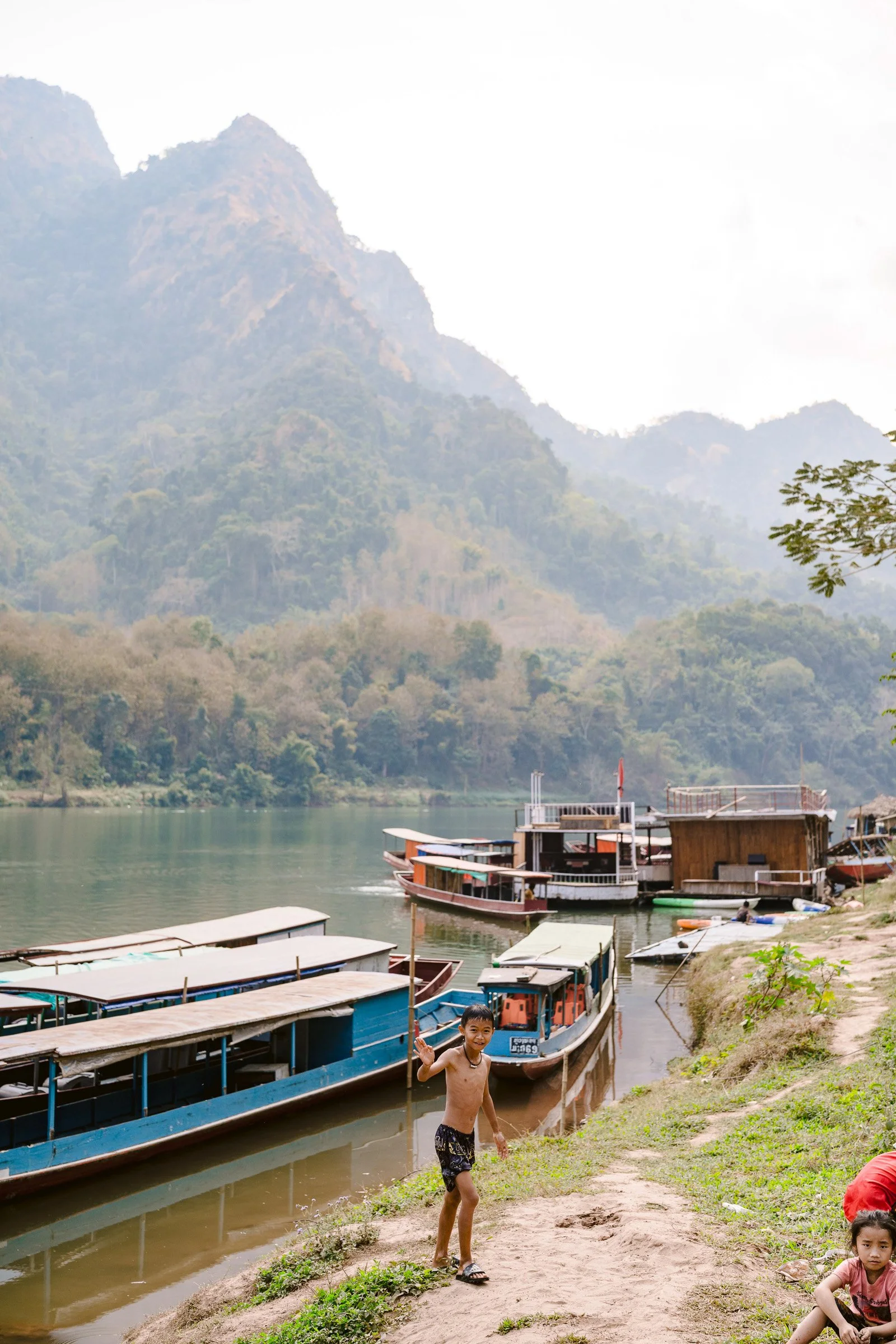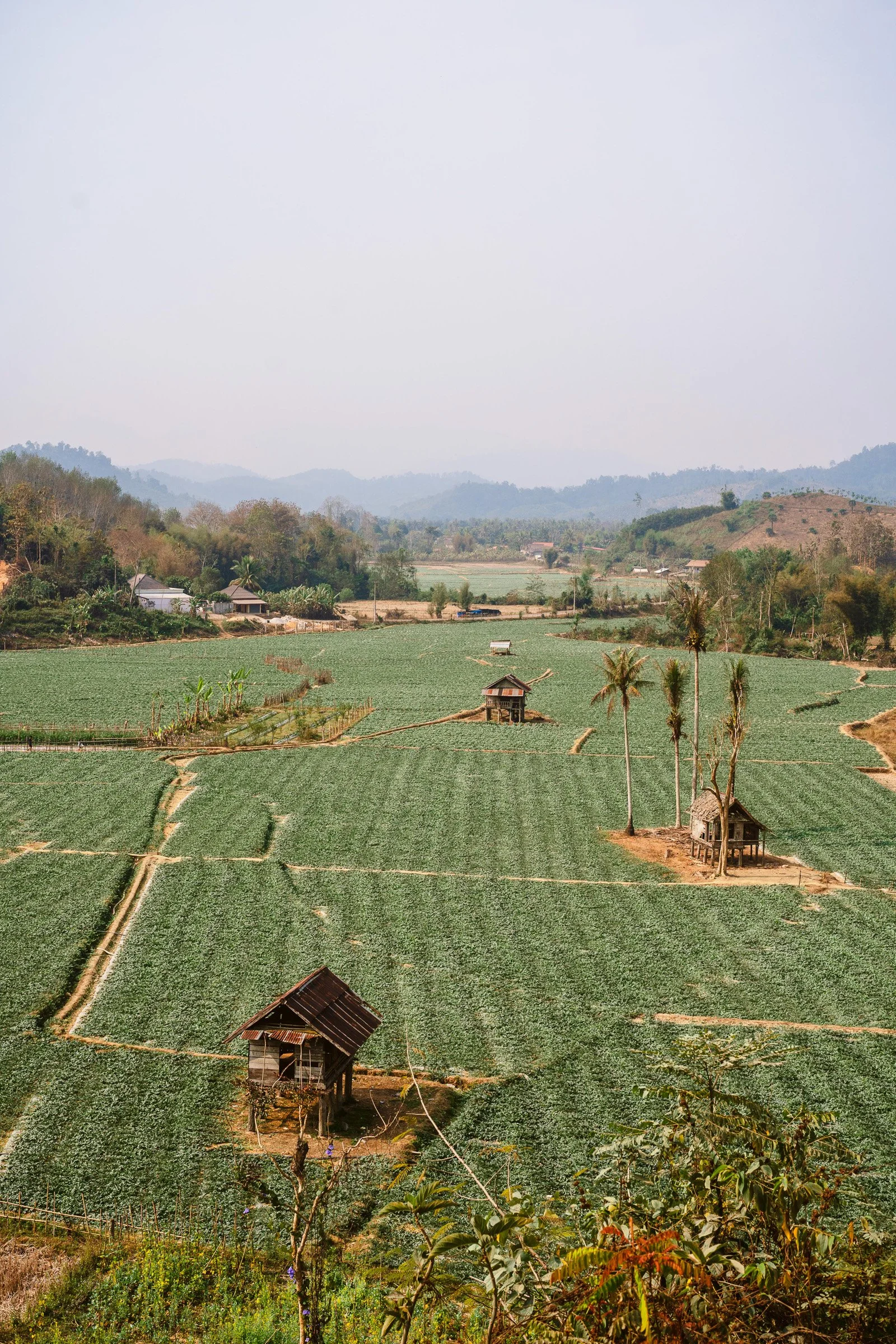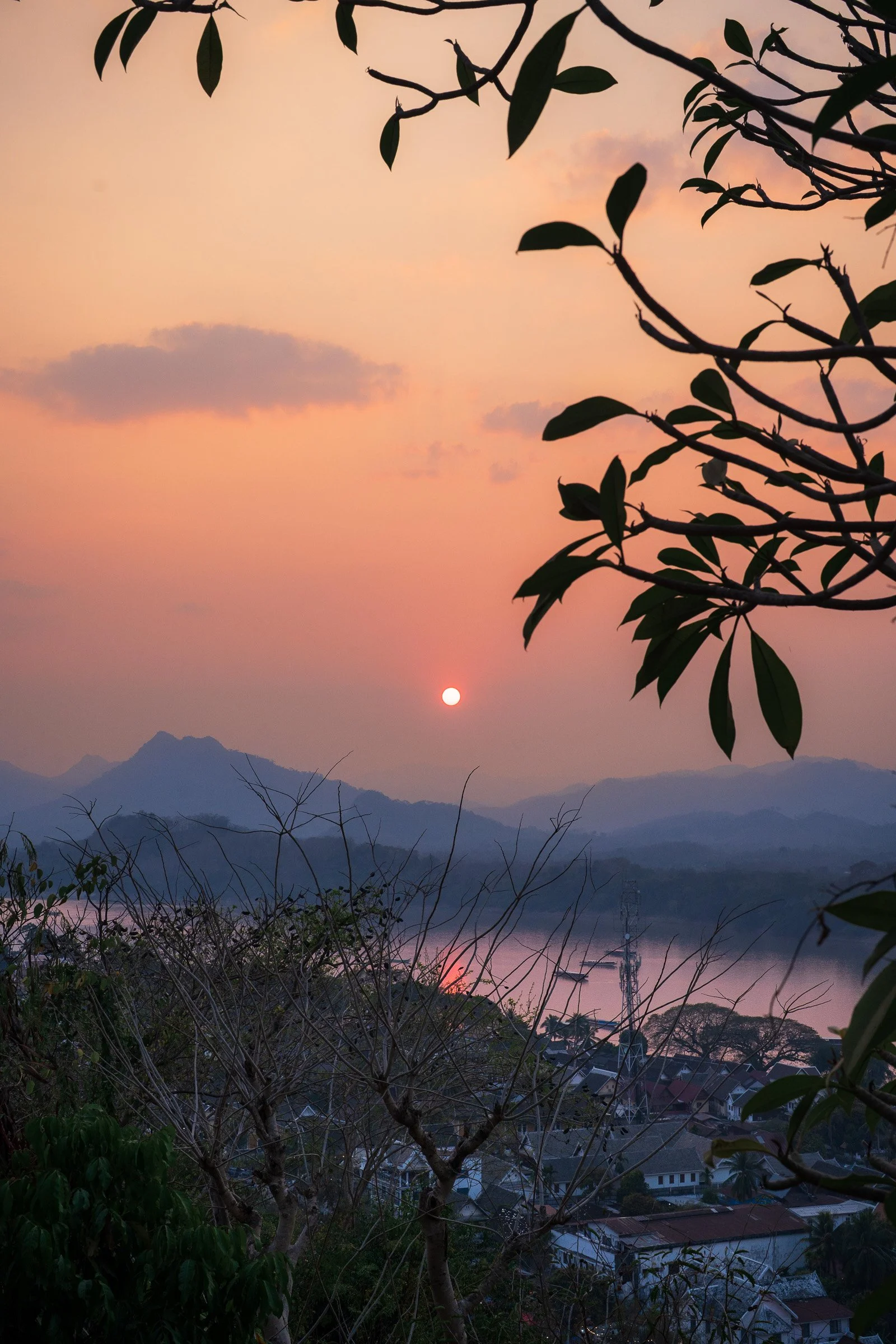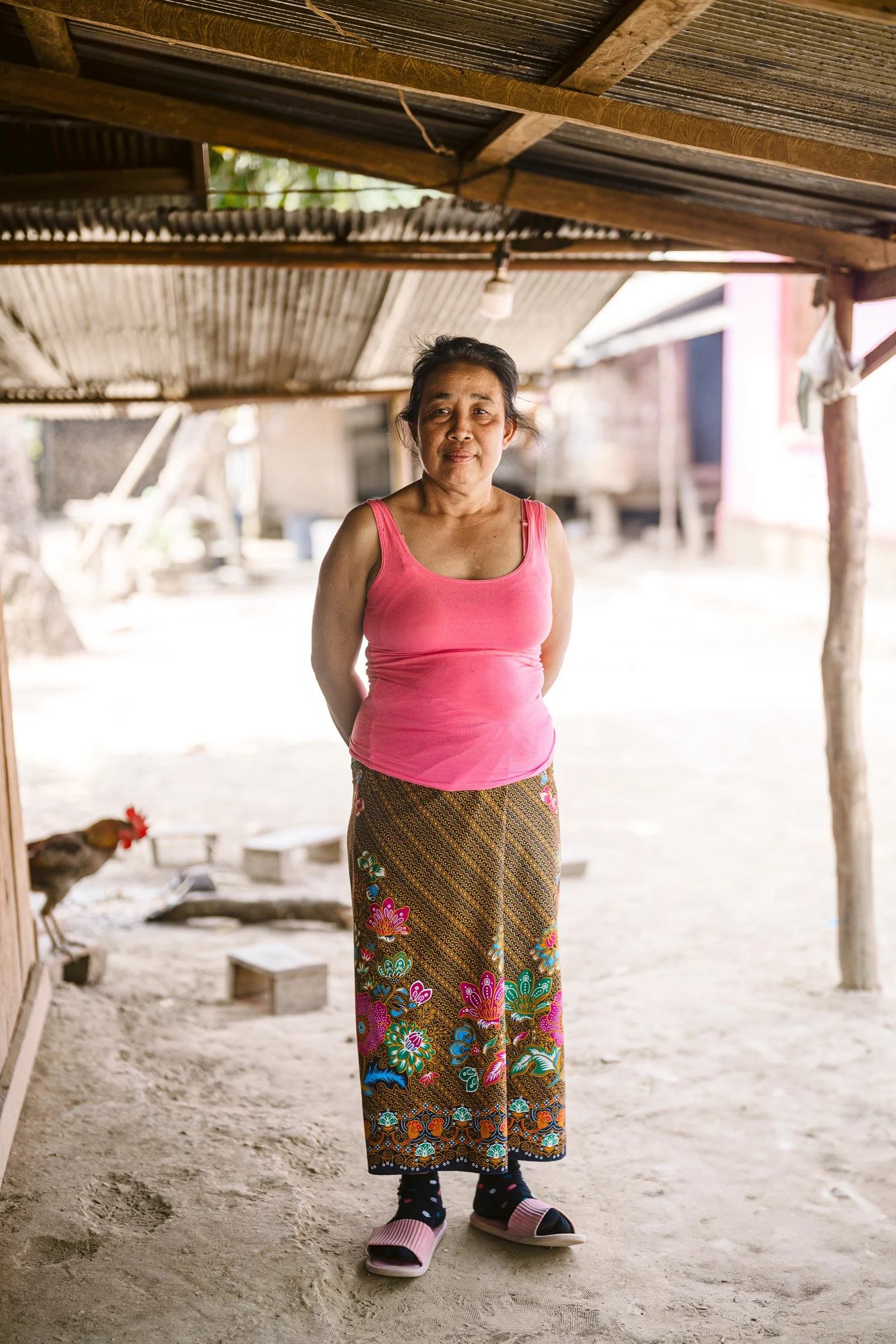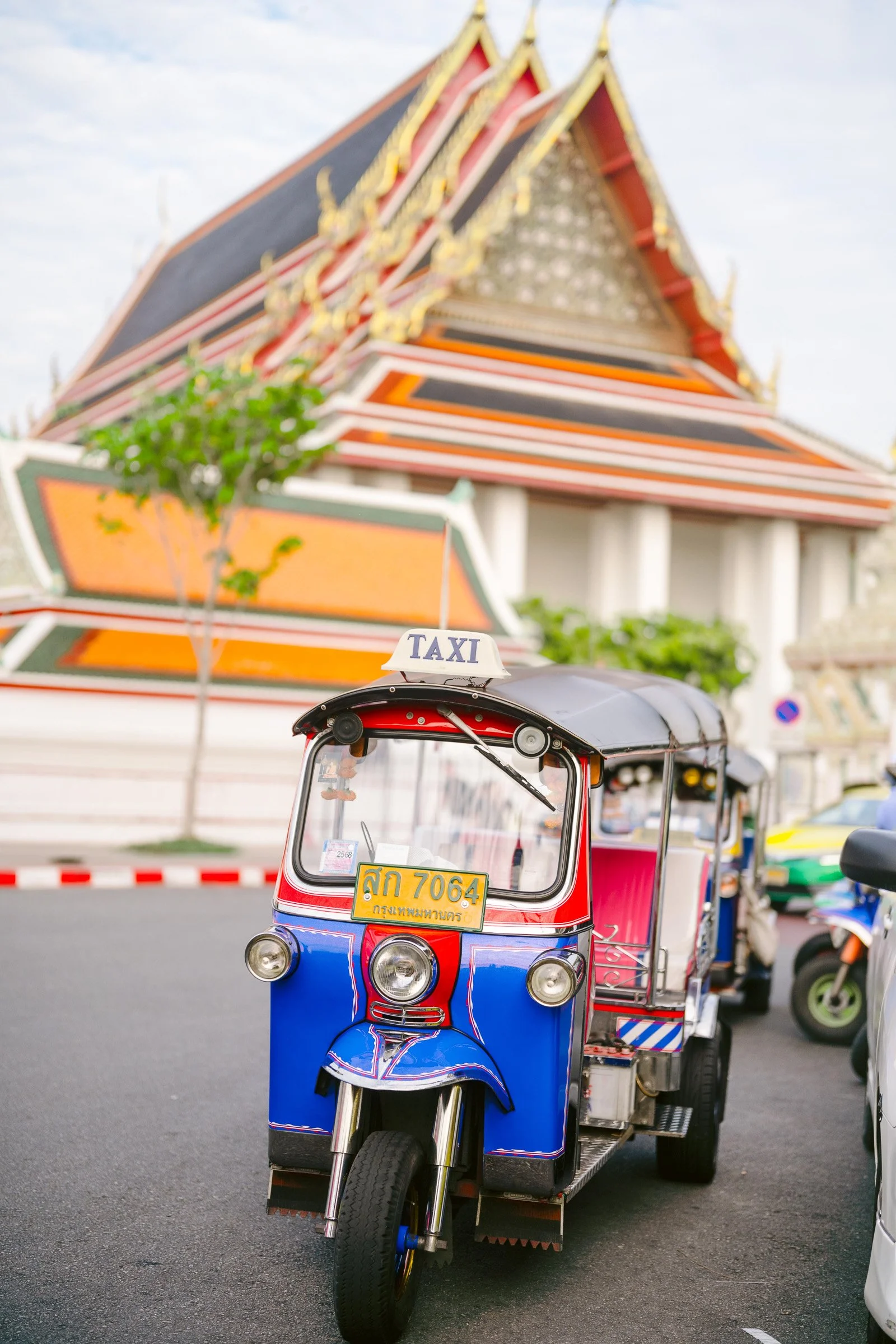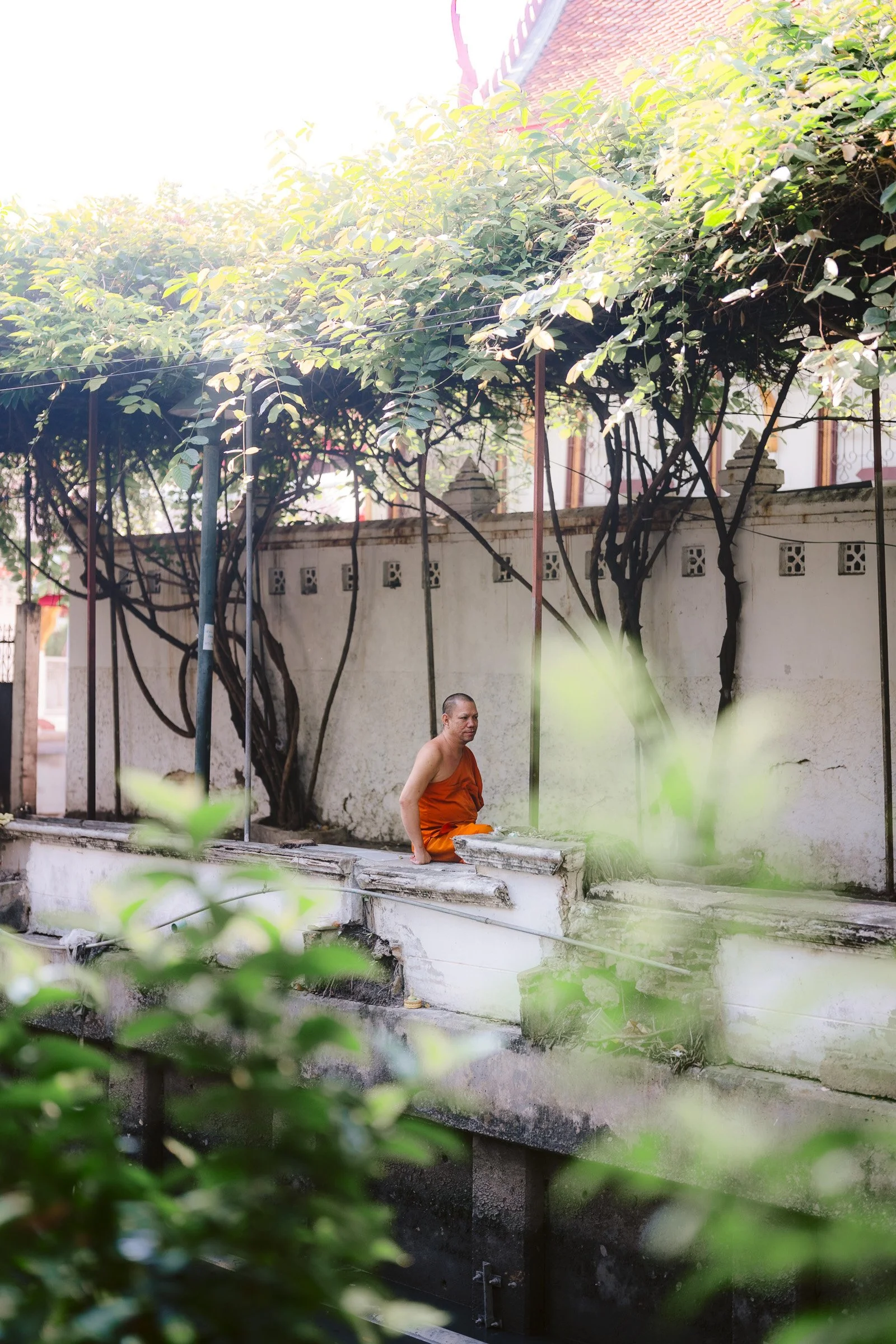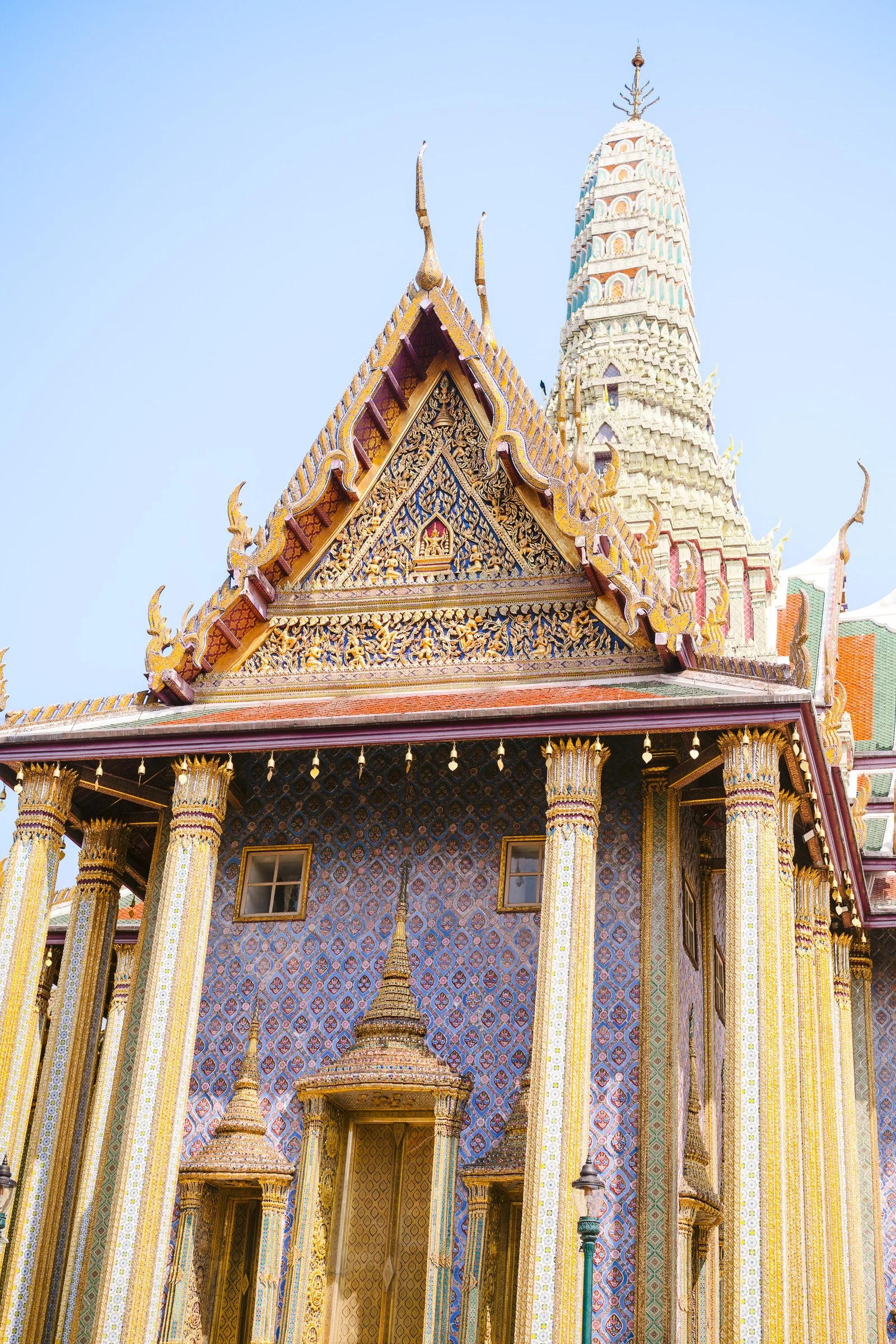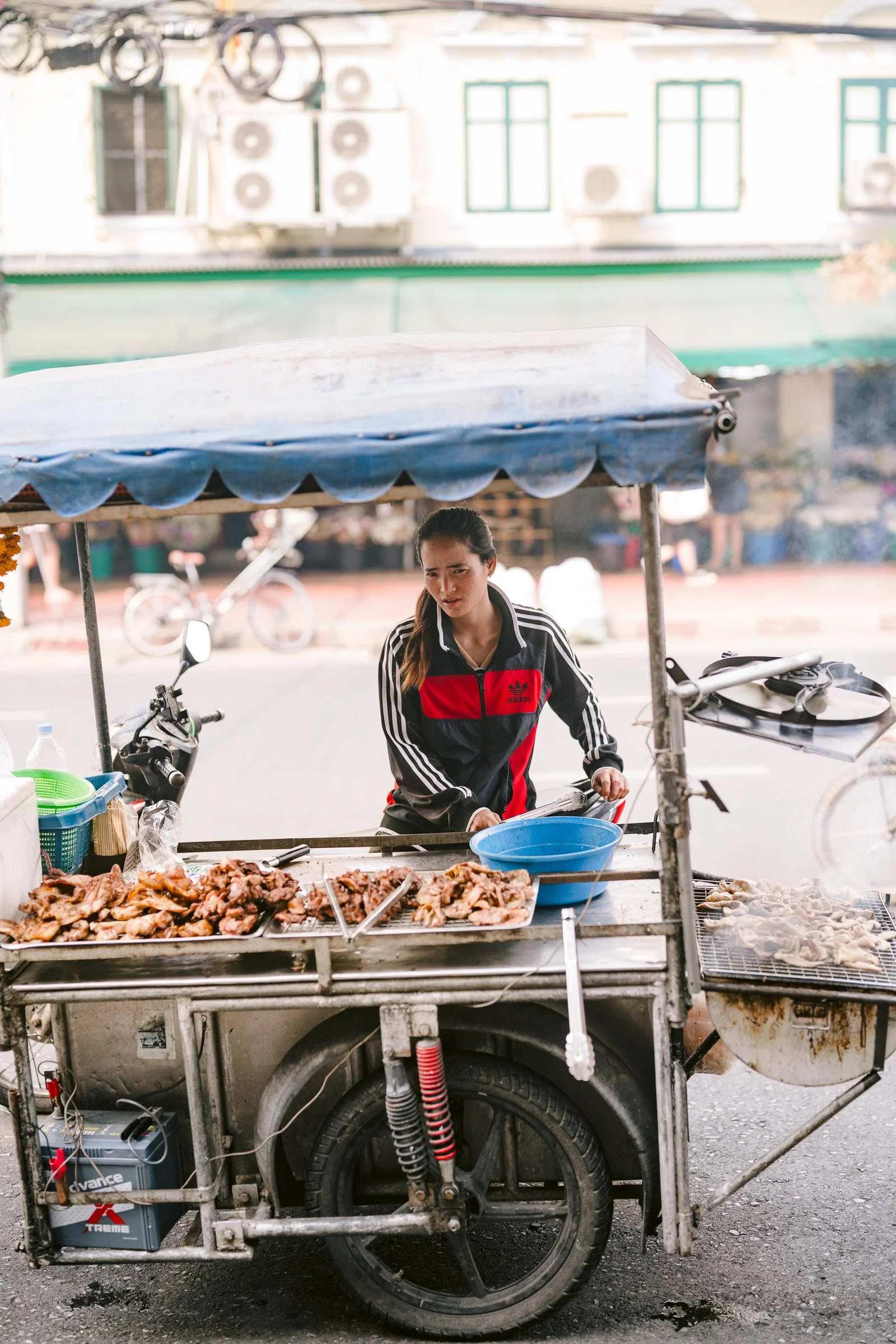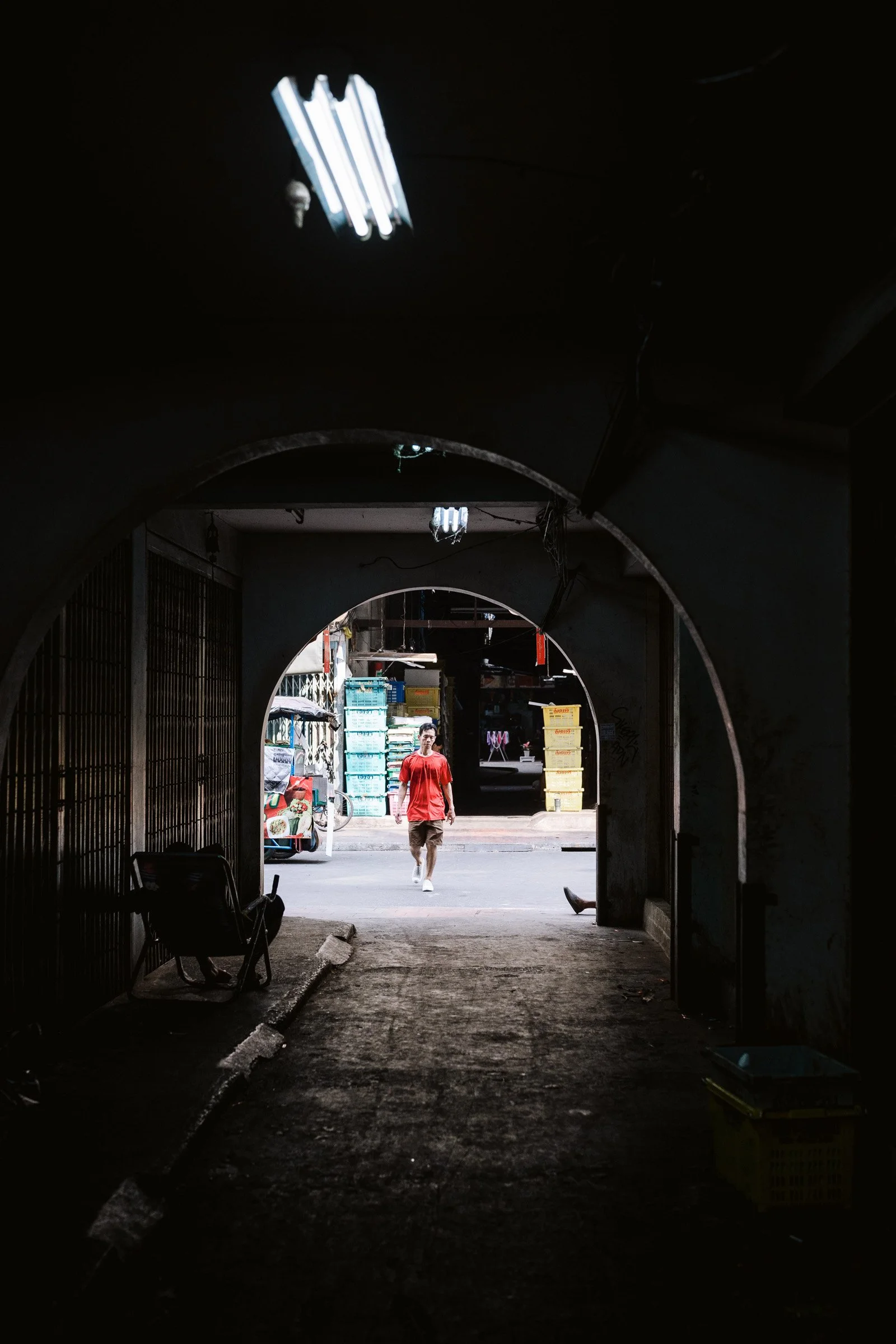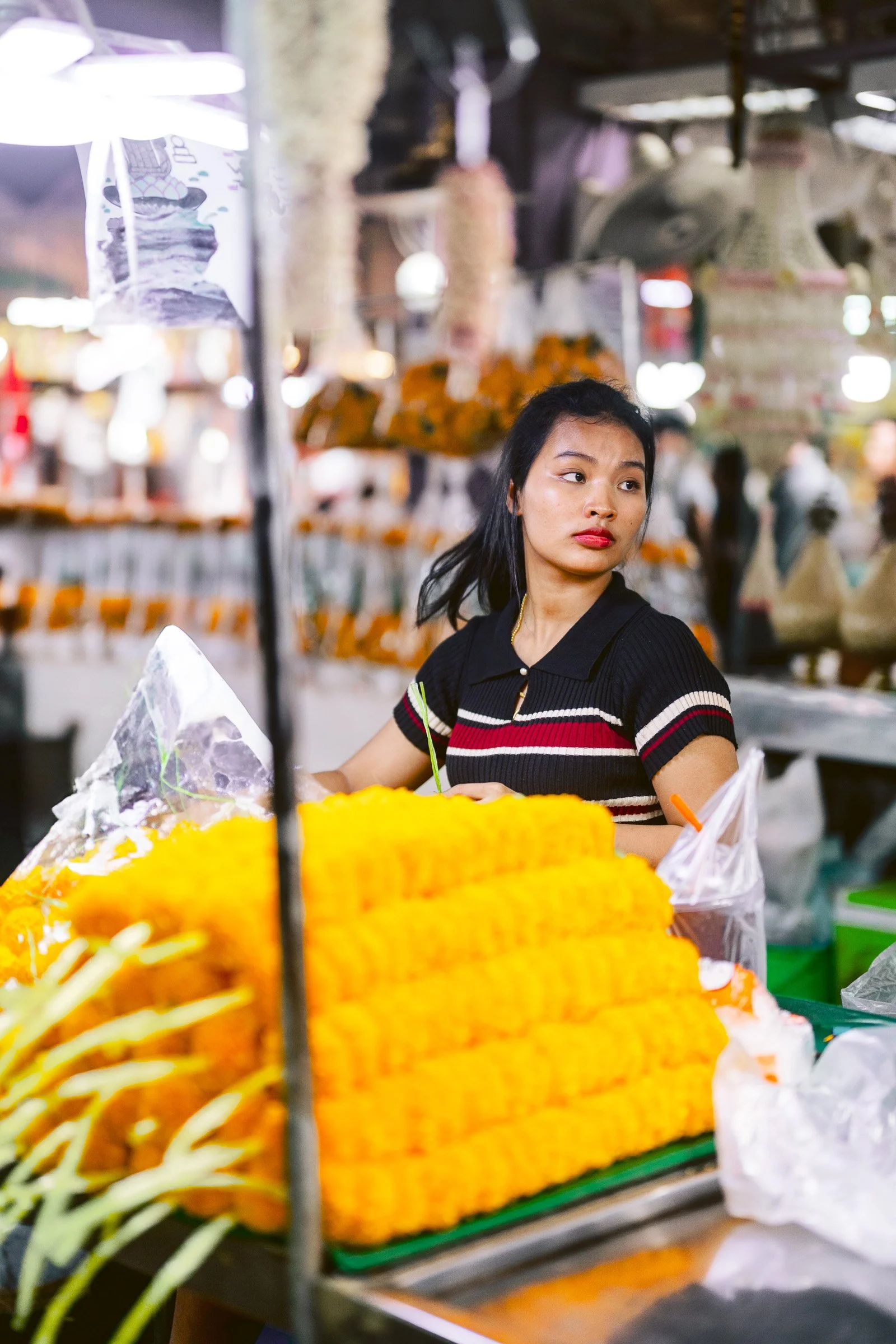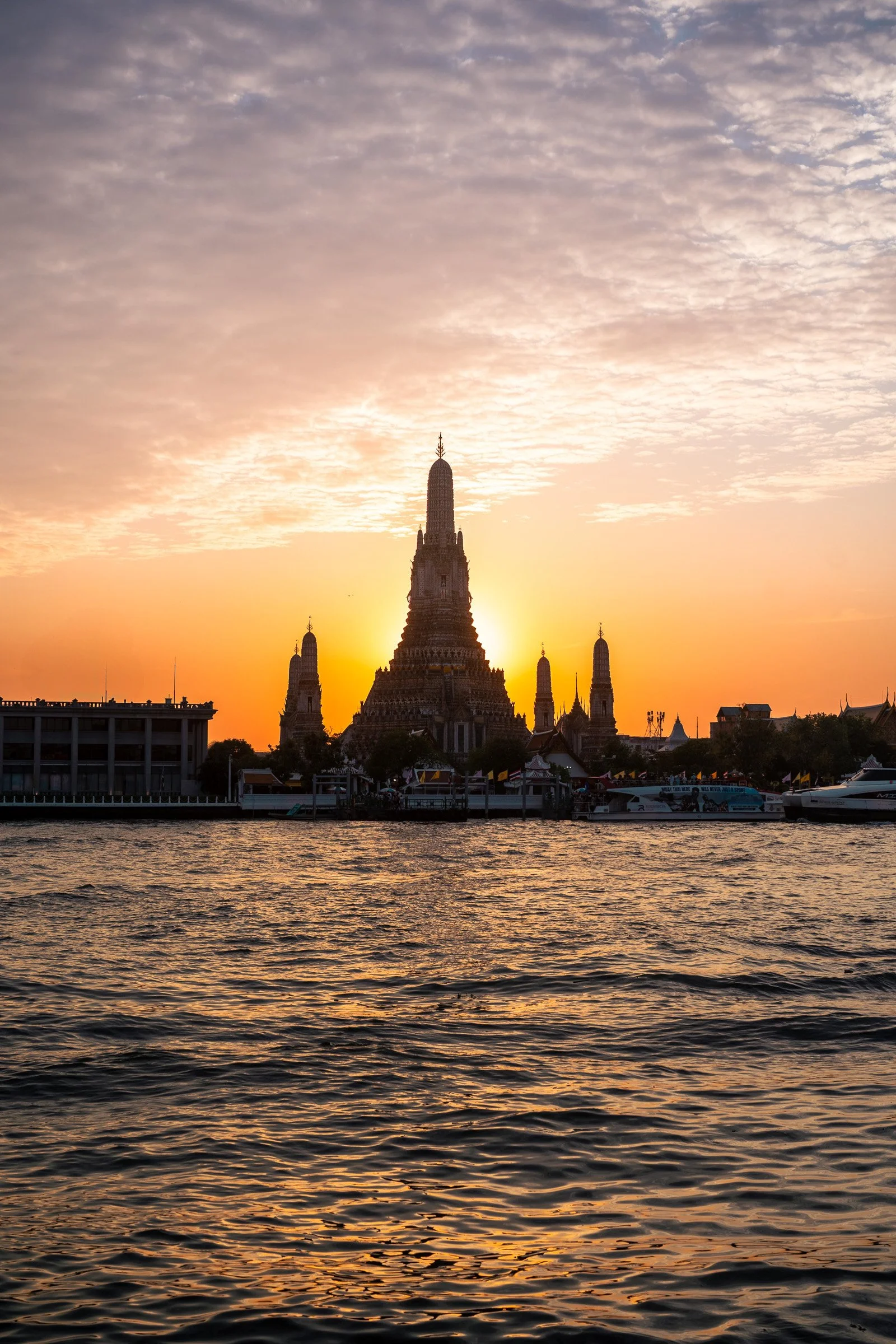Southeast Asia
2025
I traveled from south to north in Vietnam, from the vibrant chaos of Ho Chi Minh City—a maze of neighborhoods where dimly lit alleyways vibrate with life behind the scenes—to the rural mountain regions in the north, hazy from heavily burning crops and speckled with kids roaming winding dirt roads. Then everything in between—from sacred temples and imperial palaces to sleepy fishing villages and ecological wonders. The images highlight the diversity of environments and the ways people adapt to them. It also reflects the determination of Vietnamese communities. I visited the villages of Hmong people in Laos, the largest ethnic minority group that maintain a distinct culture. The Mekong River, which flows through six countries in Asia, remains central to local industry. Even in larger towns like Luang Prabang, indigenous ways persist. I spent two days trekking through remote areas. Both Vietnam and Laos still reverberate with the remnants of war—The effects of Agent Orange continue to cause birth defects, cancers, and other health issues, unexploded U.S. bombs still threaten lives. Meanwhile, my 48-hours in Bangkok, Thailand was a sudden shift, as a glistening city full of juxtapositions: lavish palaces beside rusted rooftops and tangled wires; commercial tourism alongside the spirituality of Buddhist practice. The city unfolds like a visual patchwork. These three countries share similarities, but each has its own feel: the strong-willed resilience of dynamic Vietnam; the untouched natural beauty of Laos, dotted with devout monks; and the striking contrasts of Thailand, visible in Bangkok’s collision of tradition, history and rapid urban growth.




